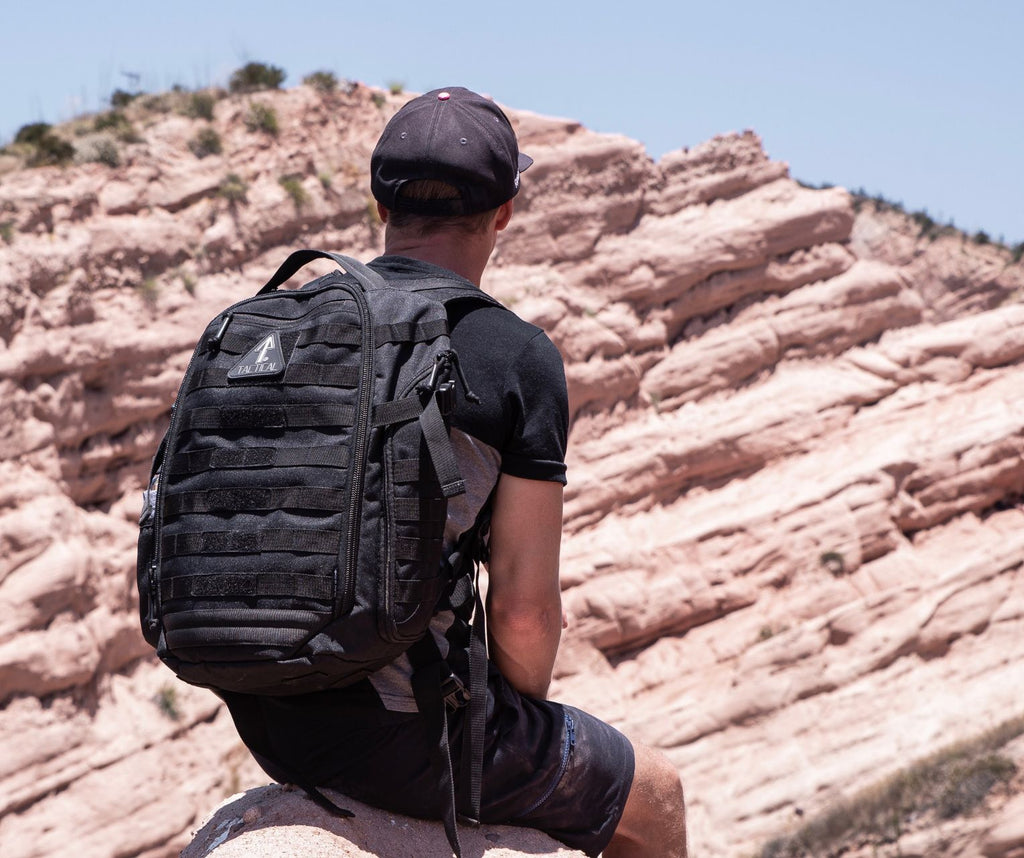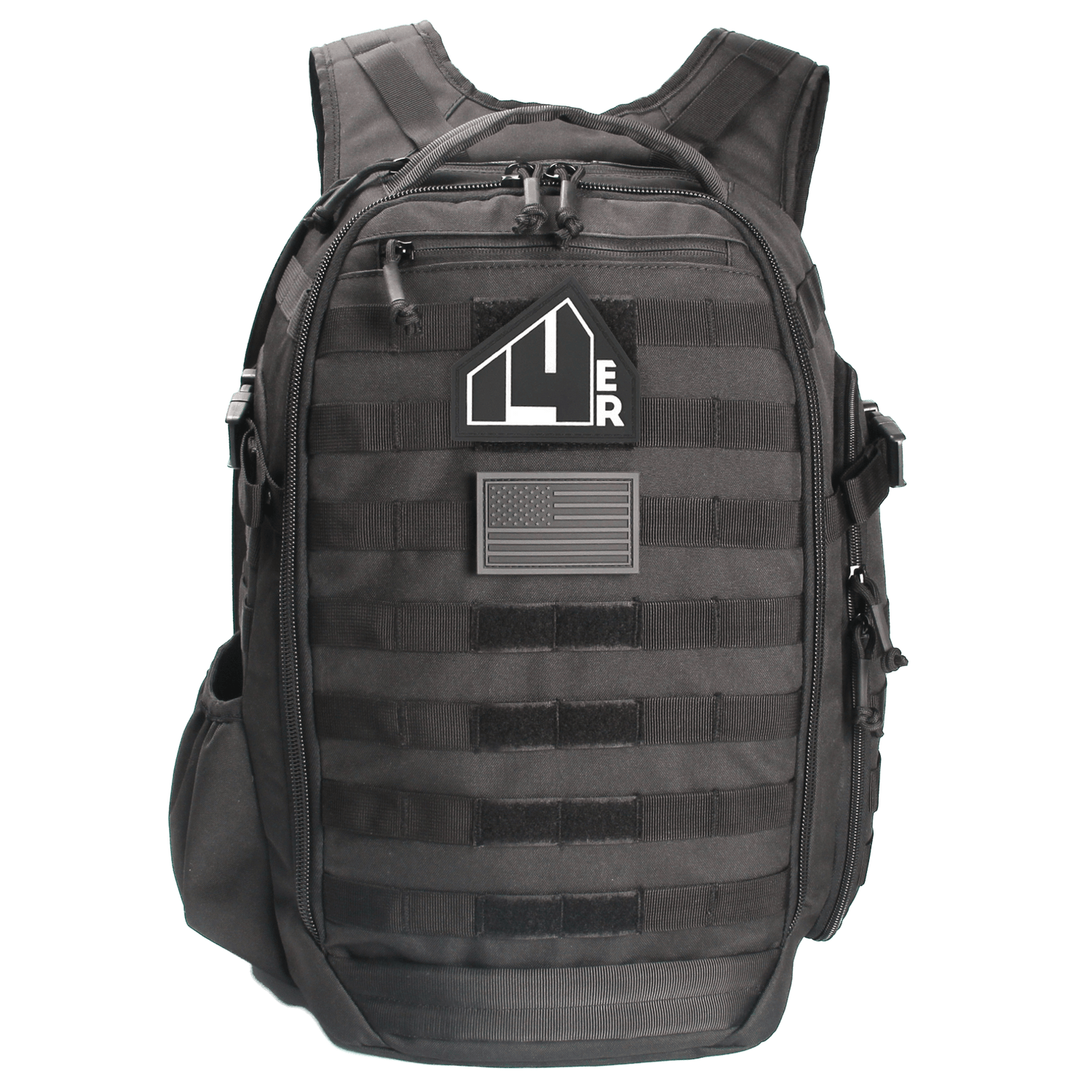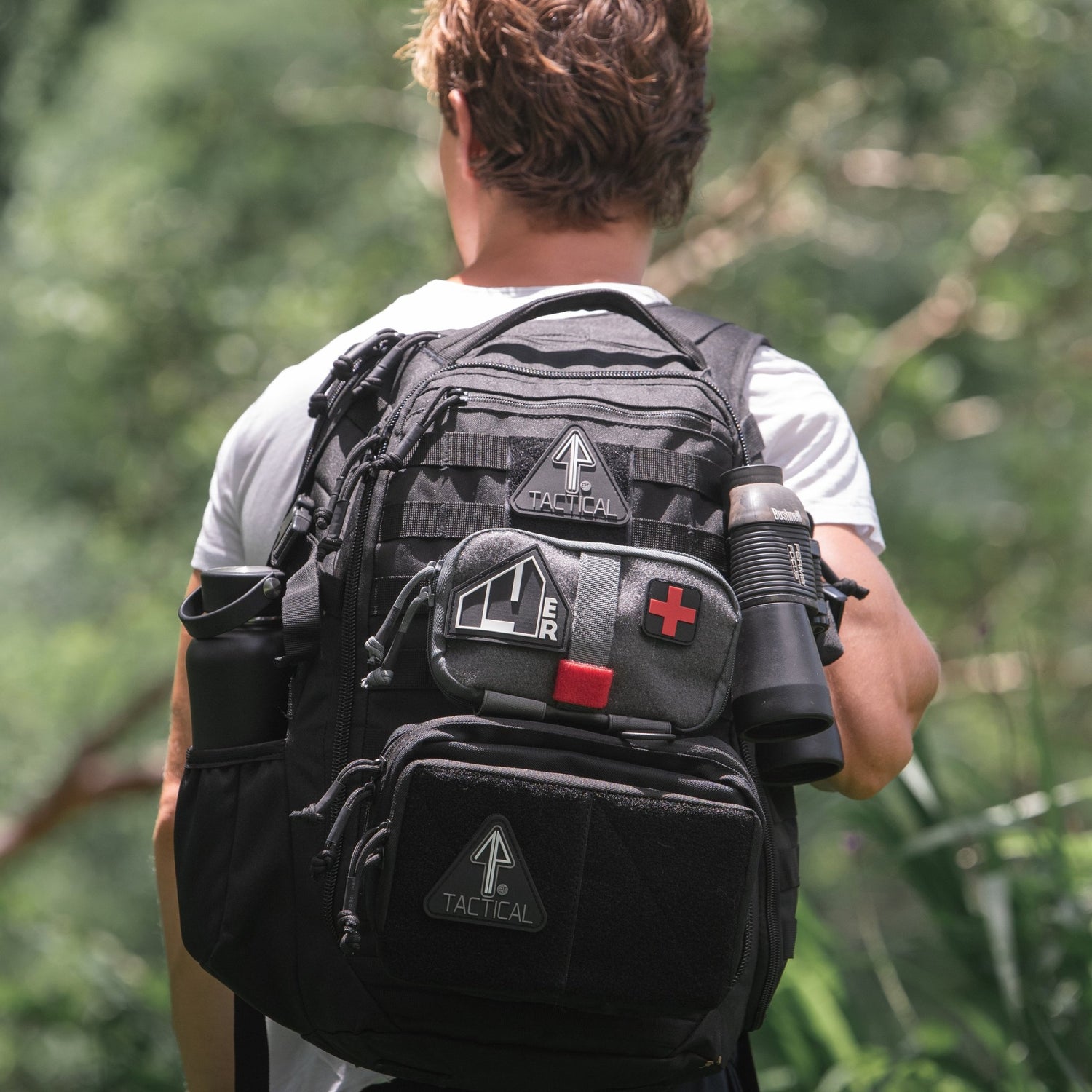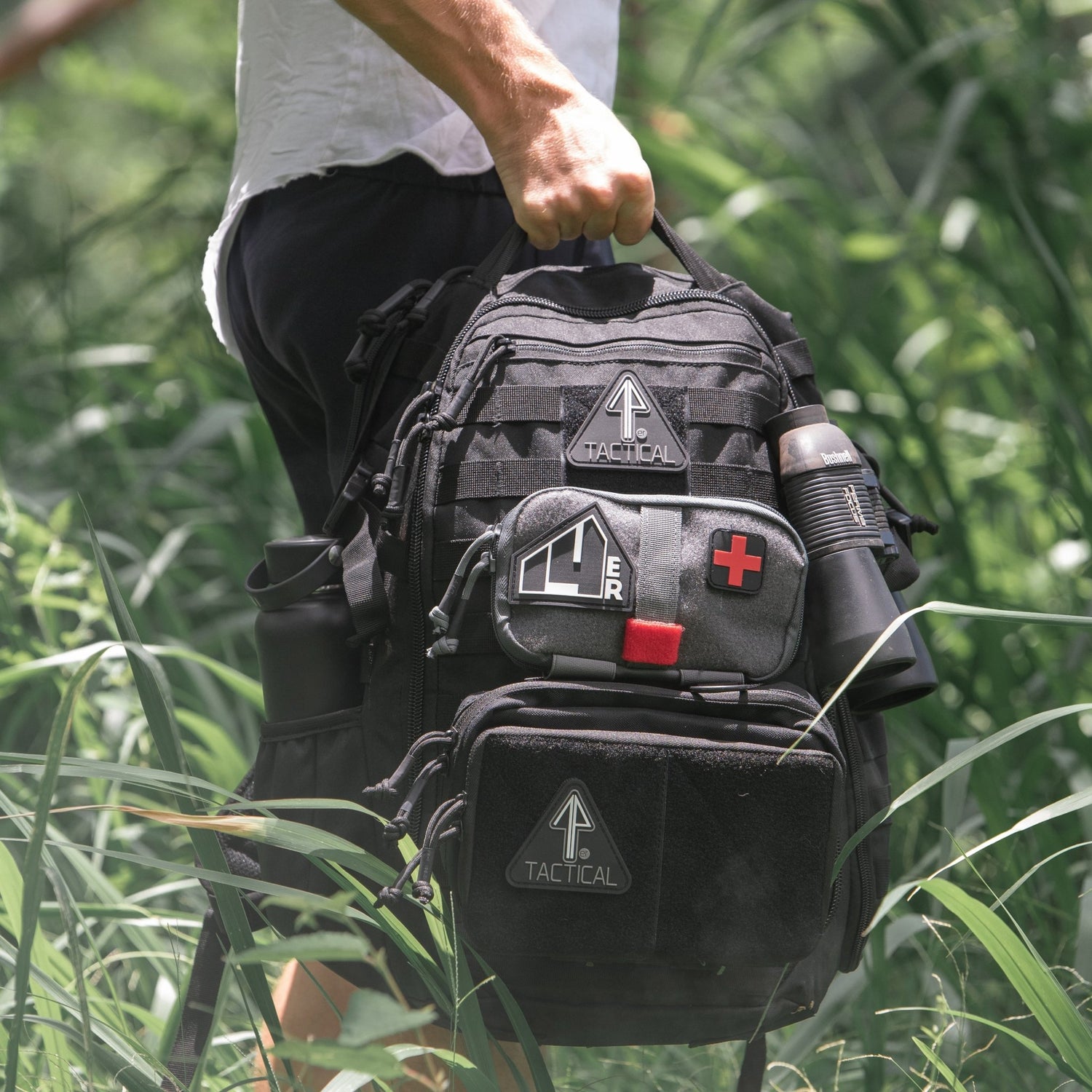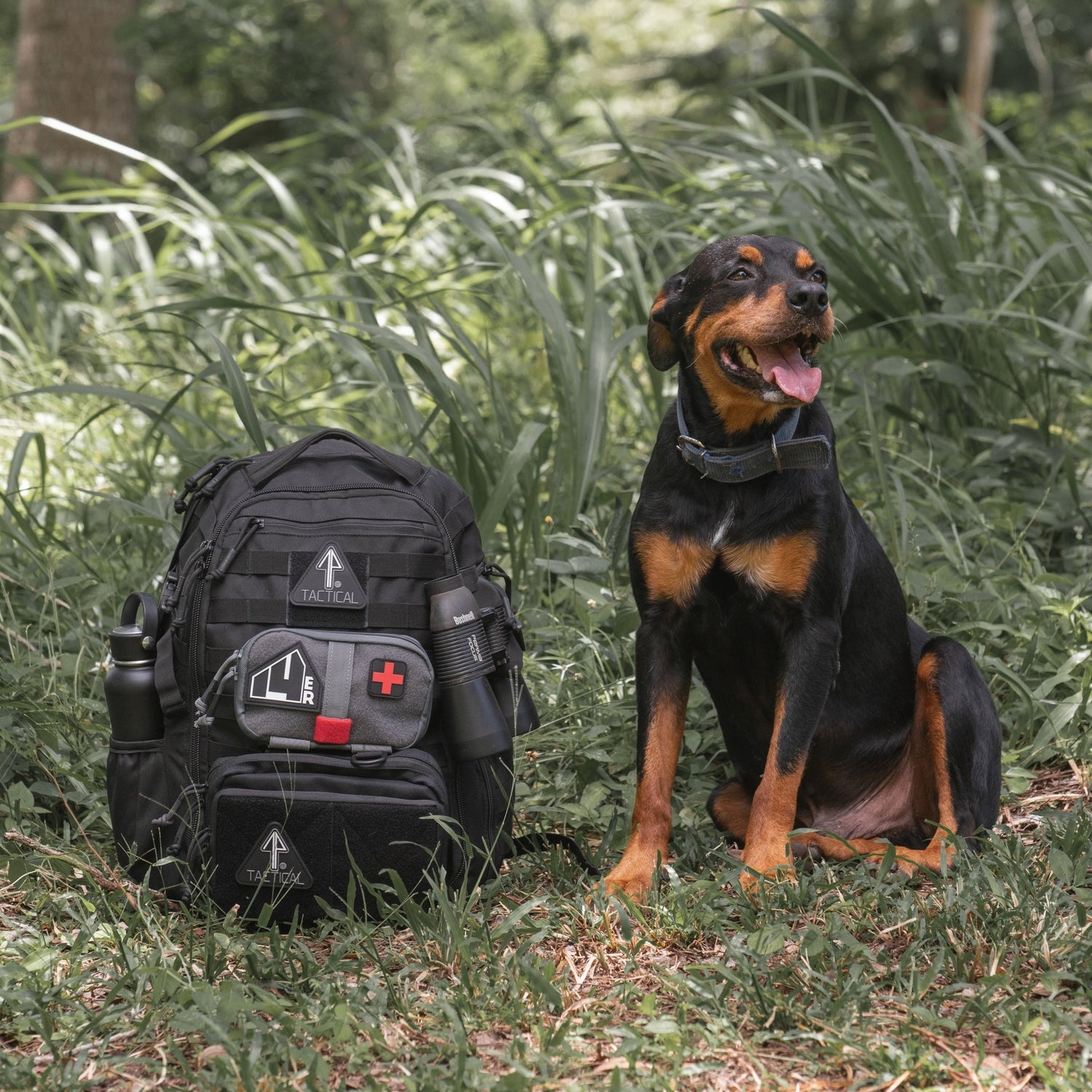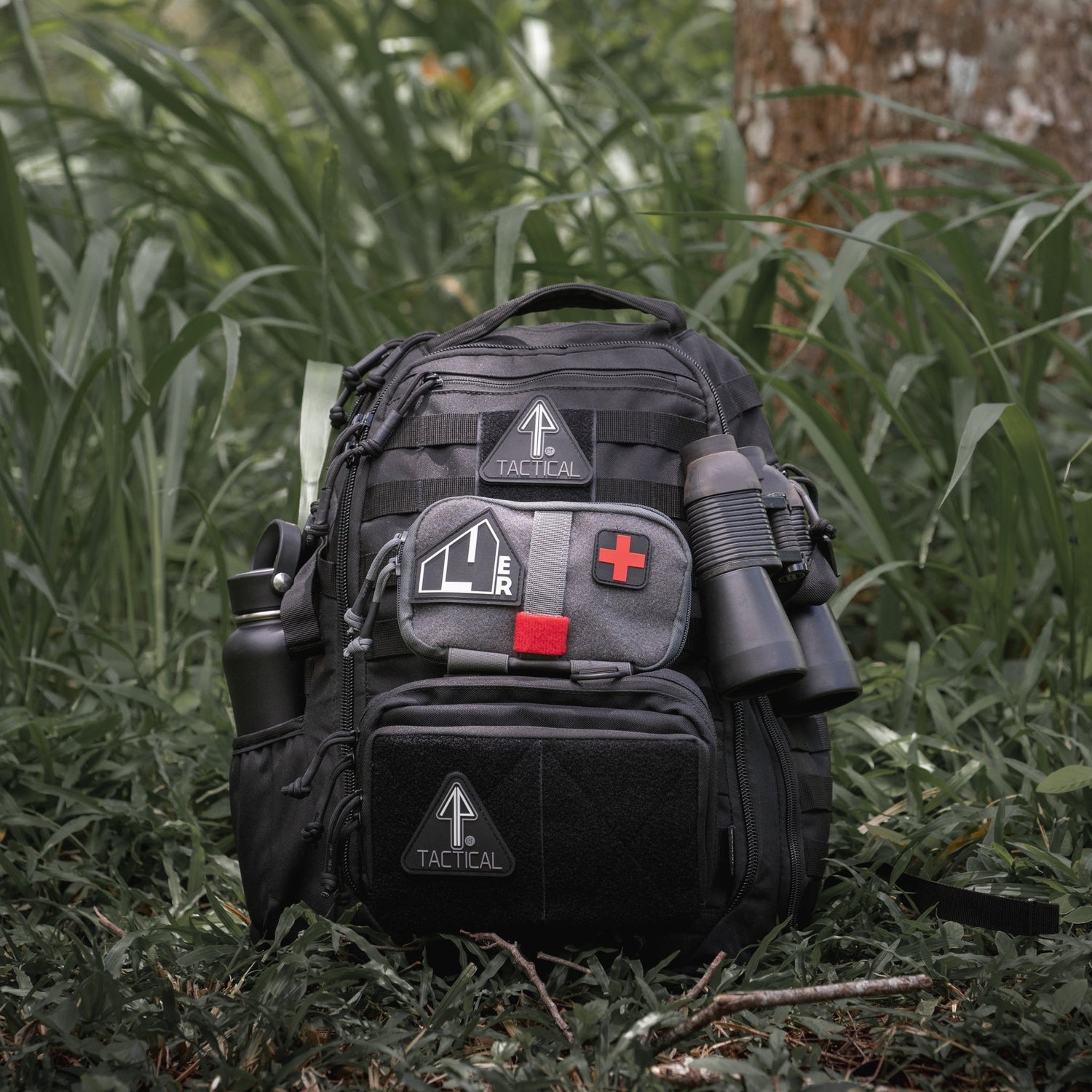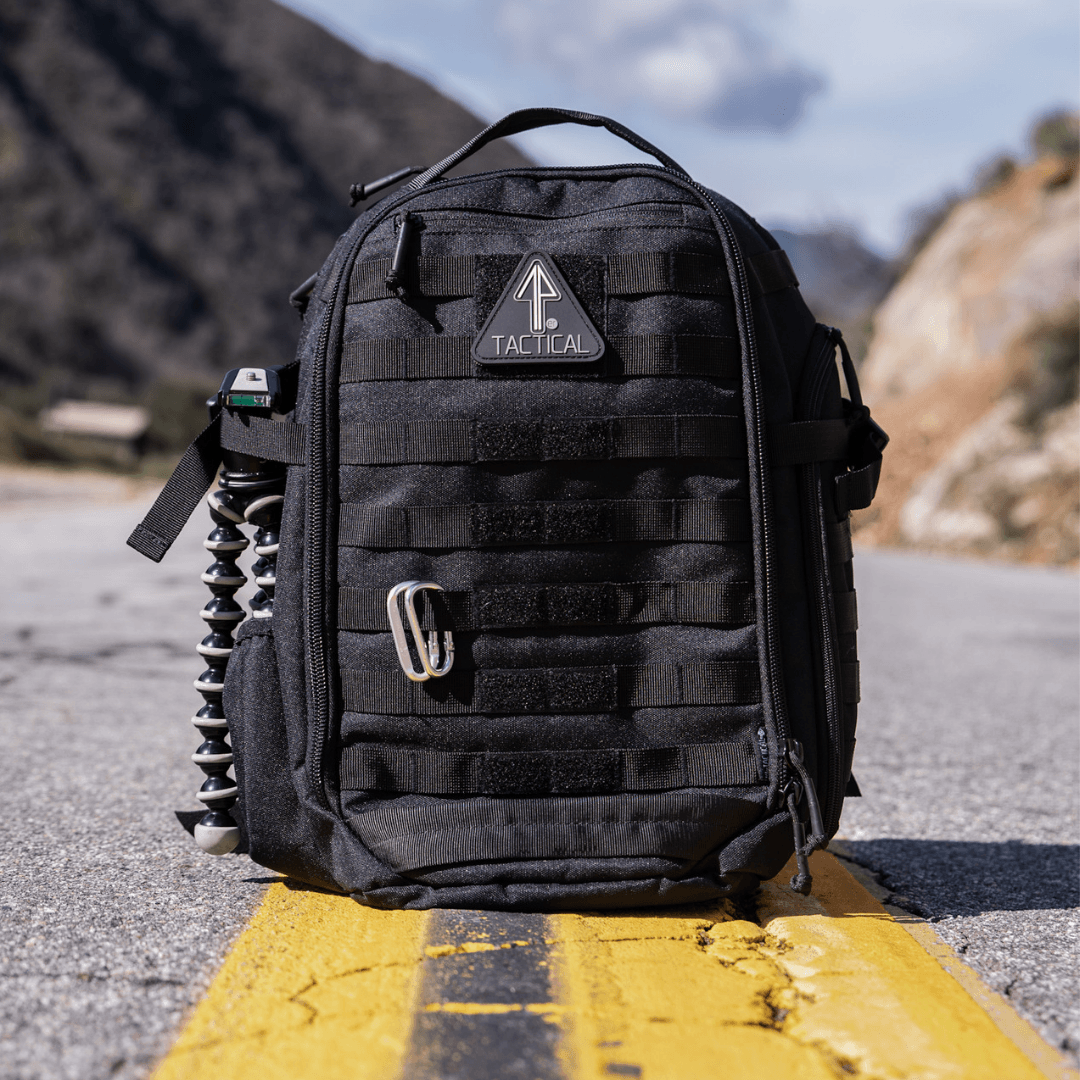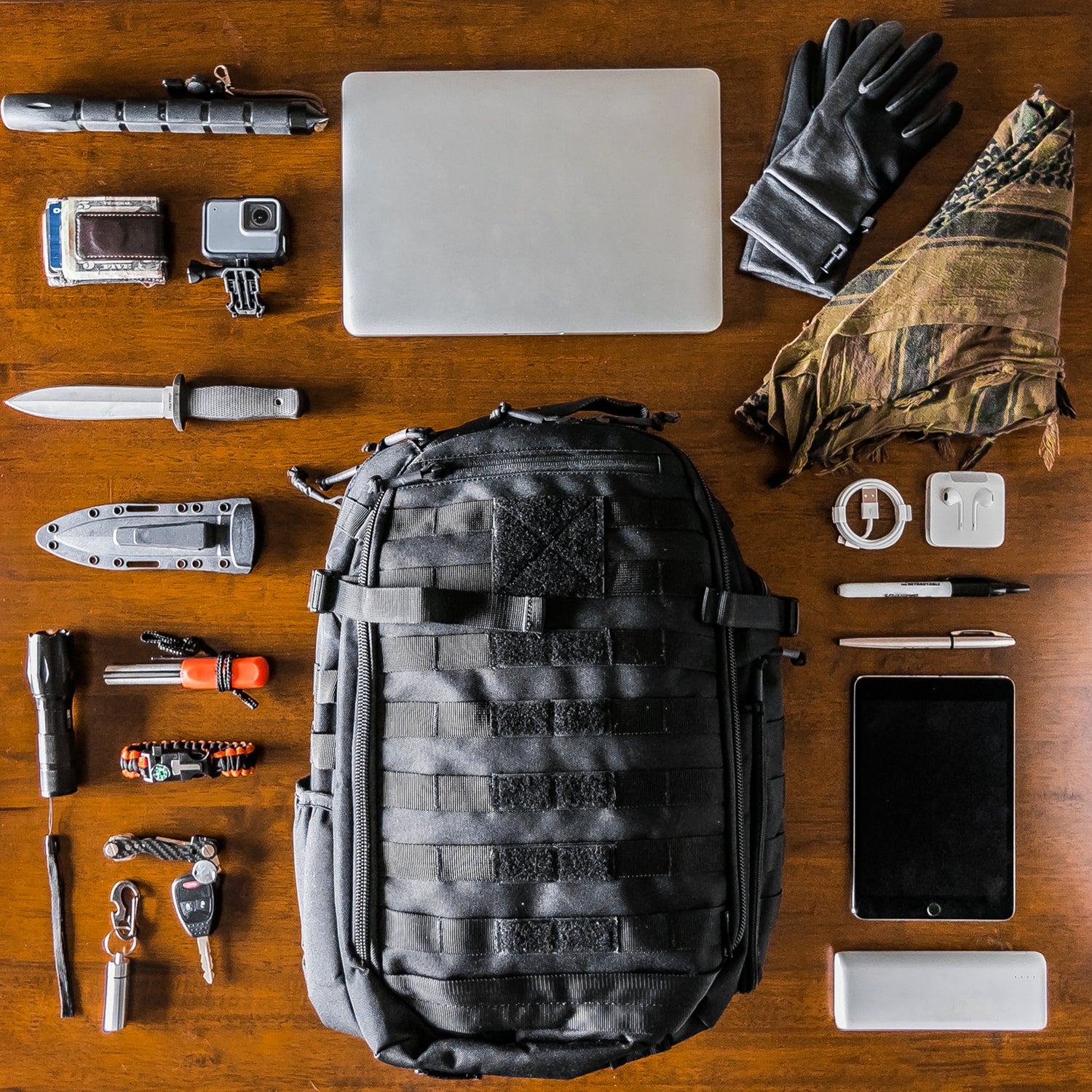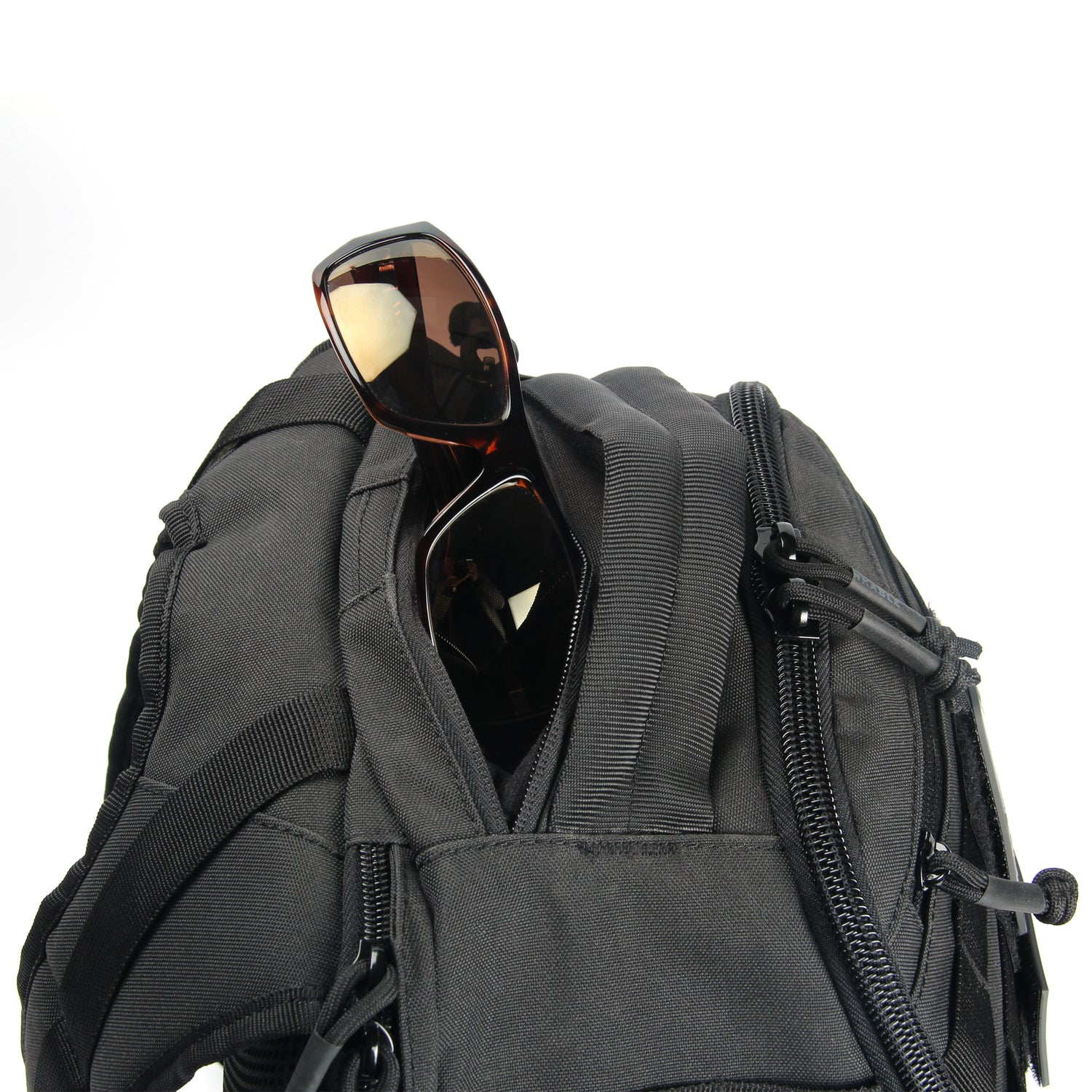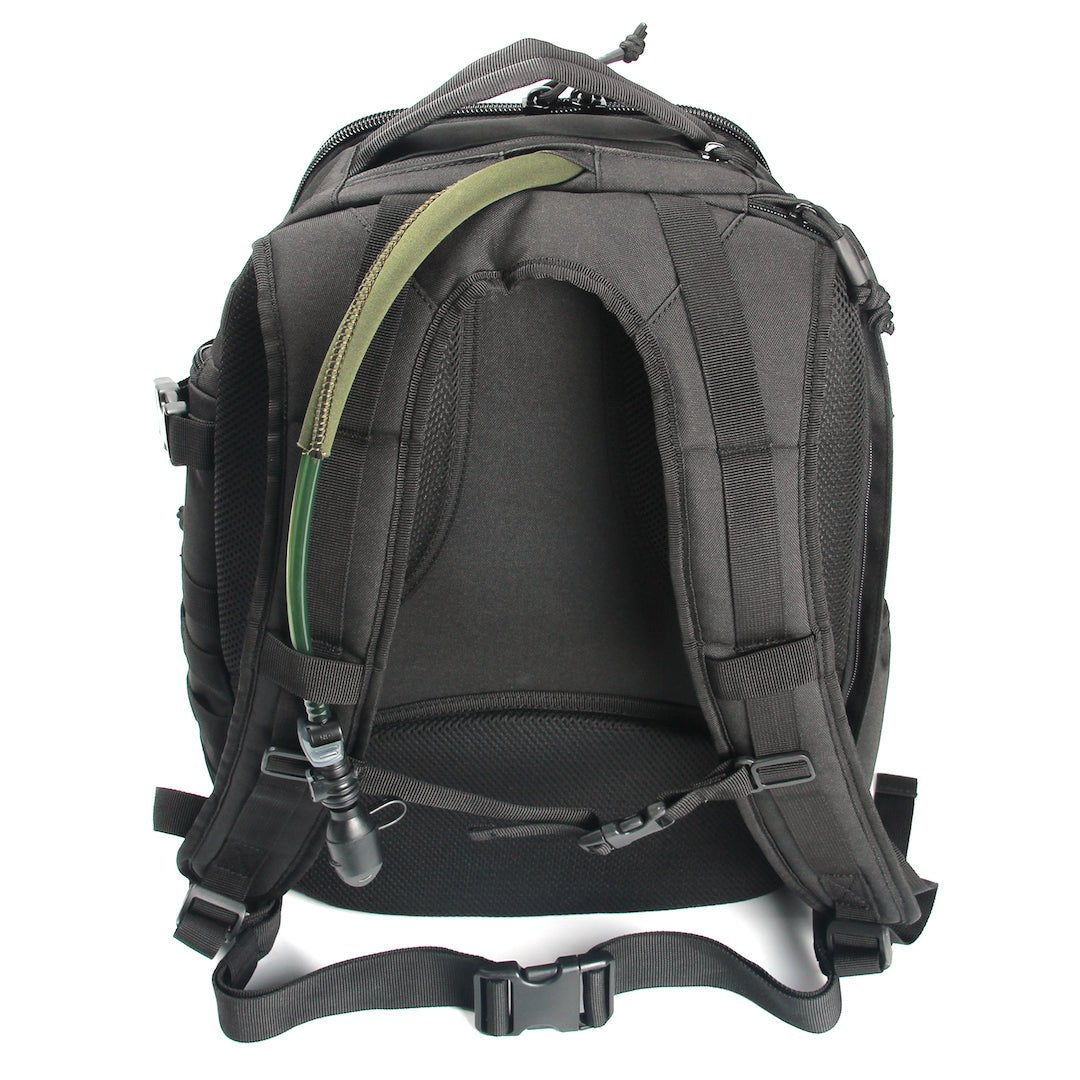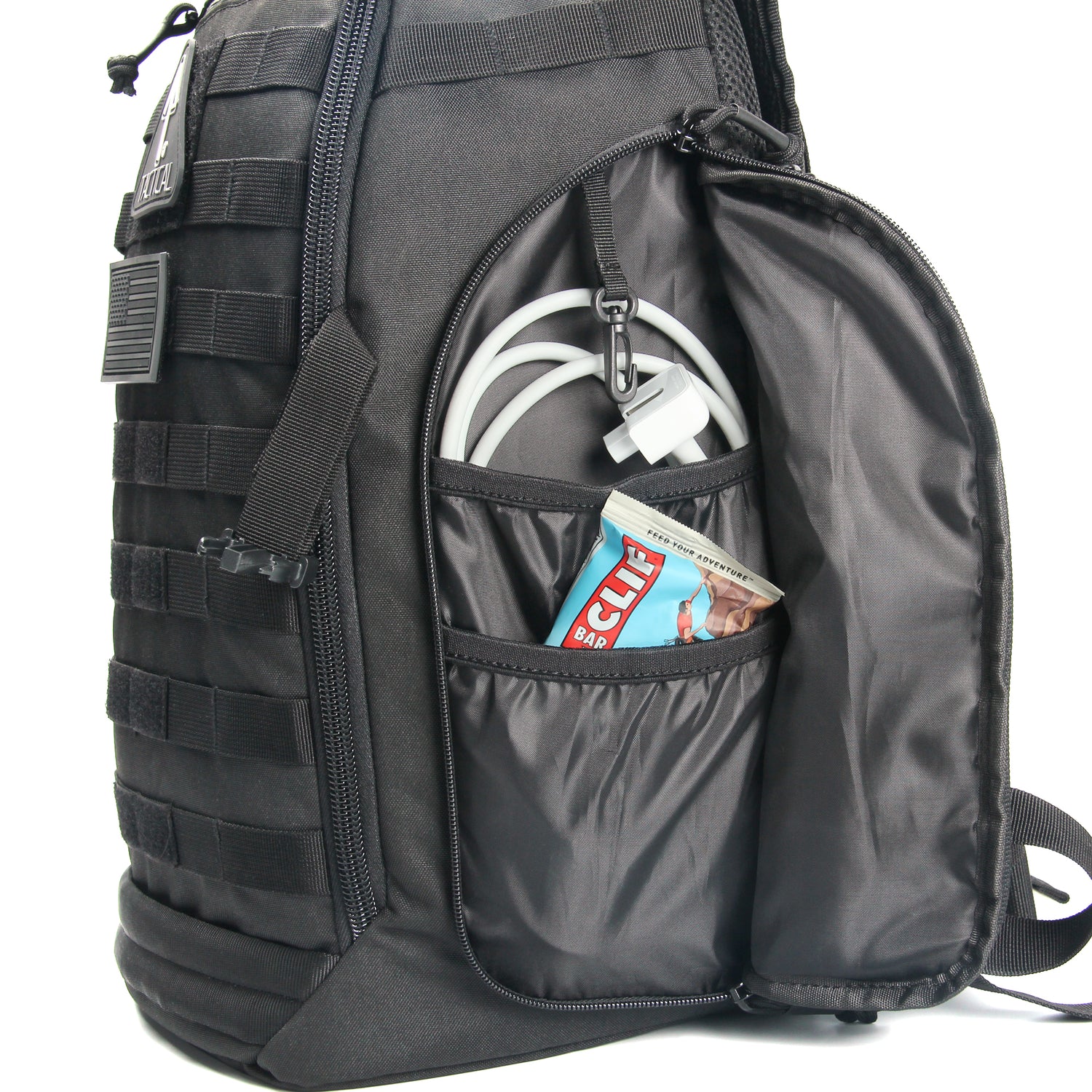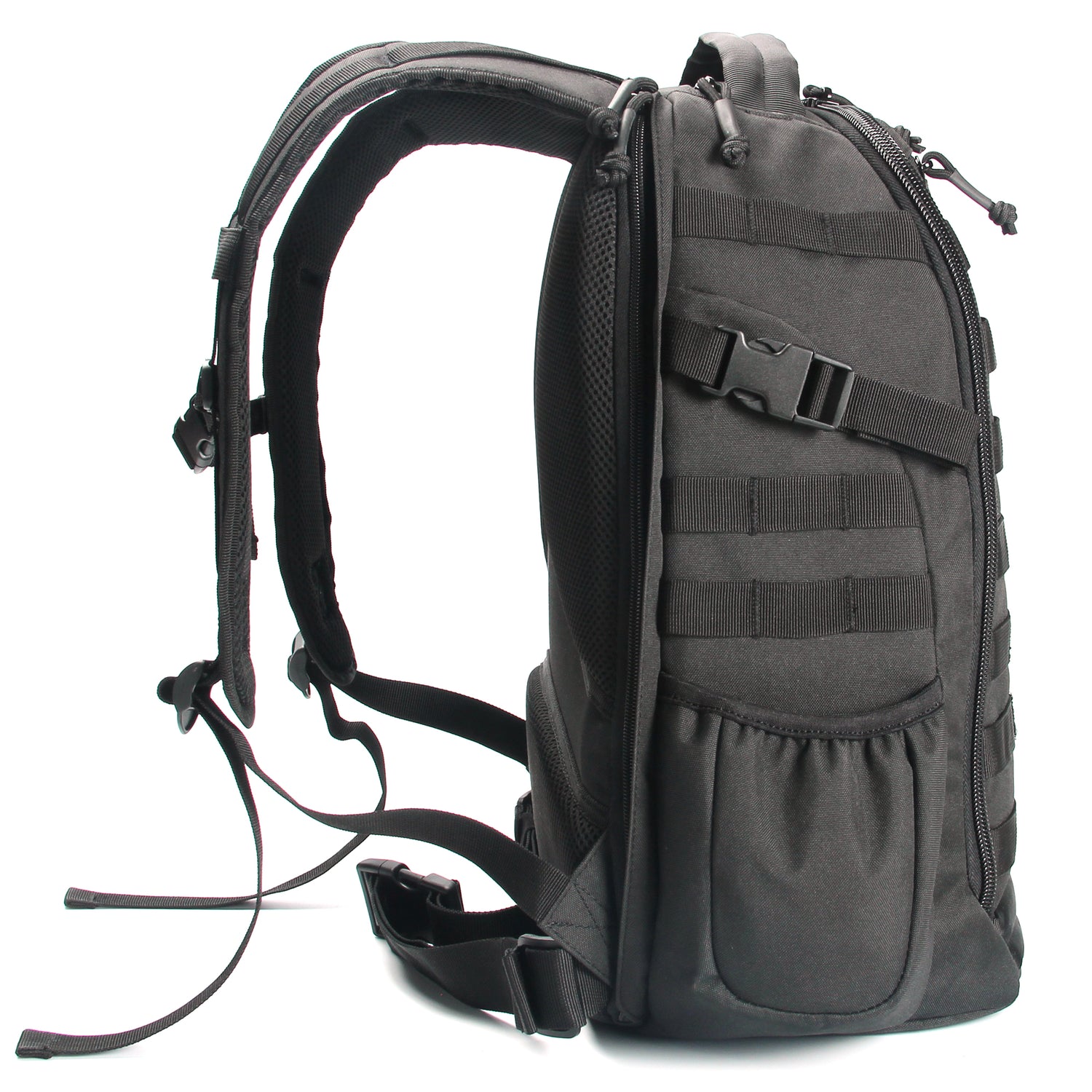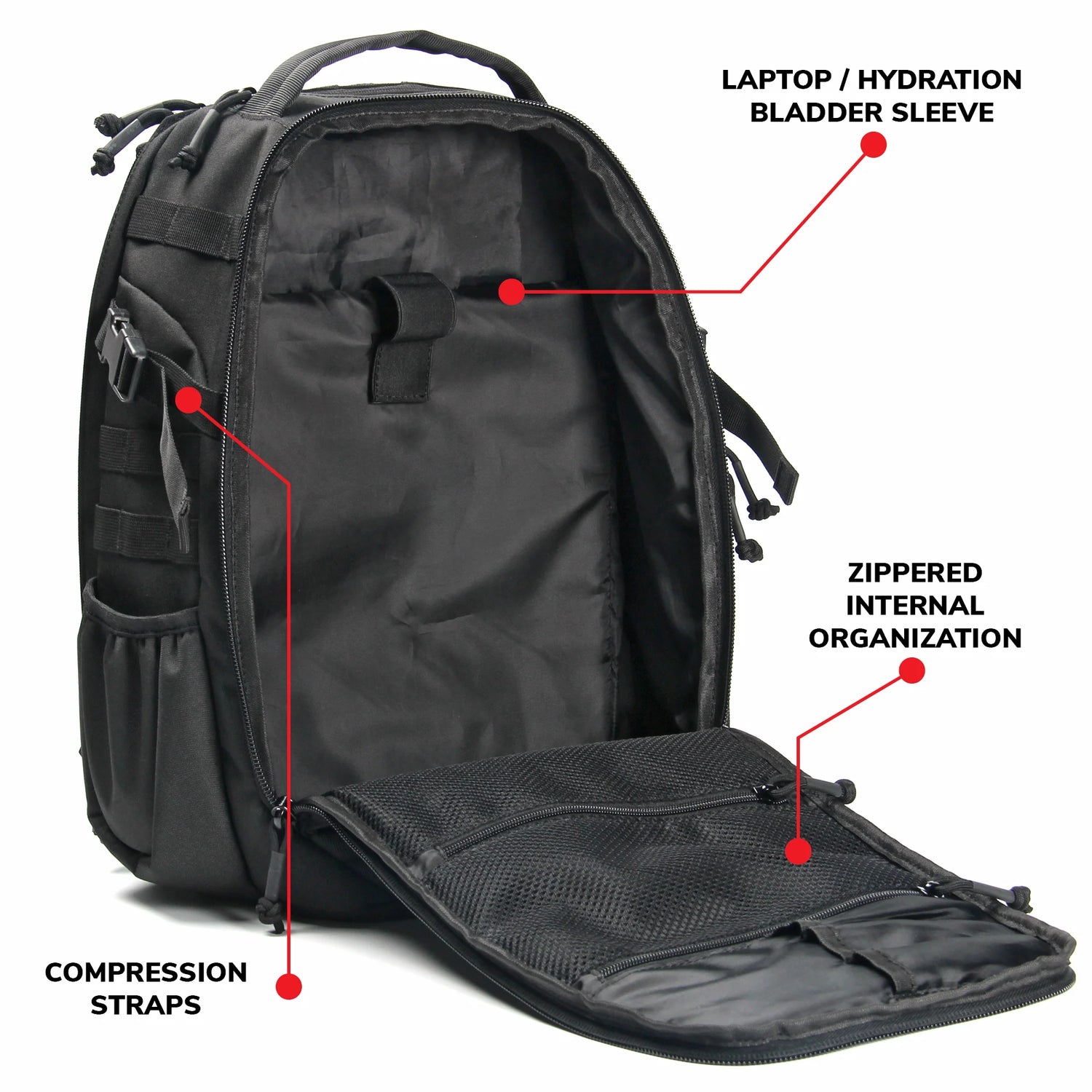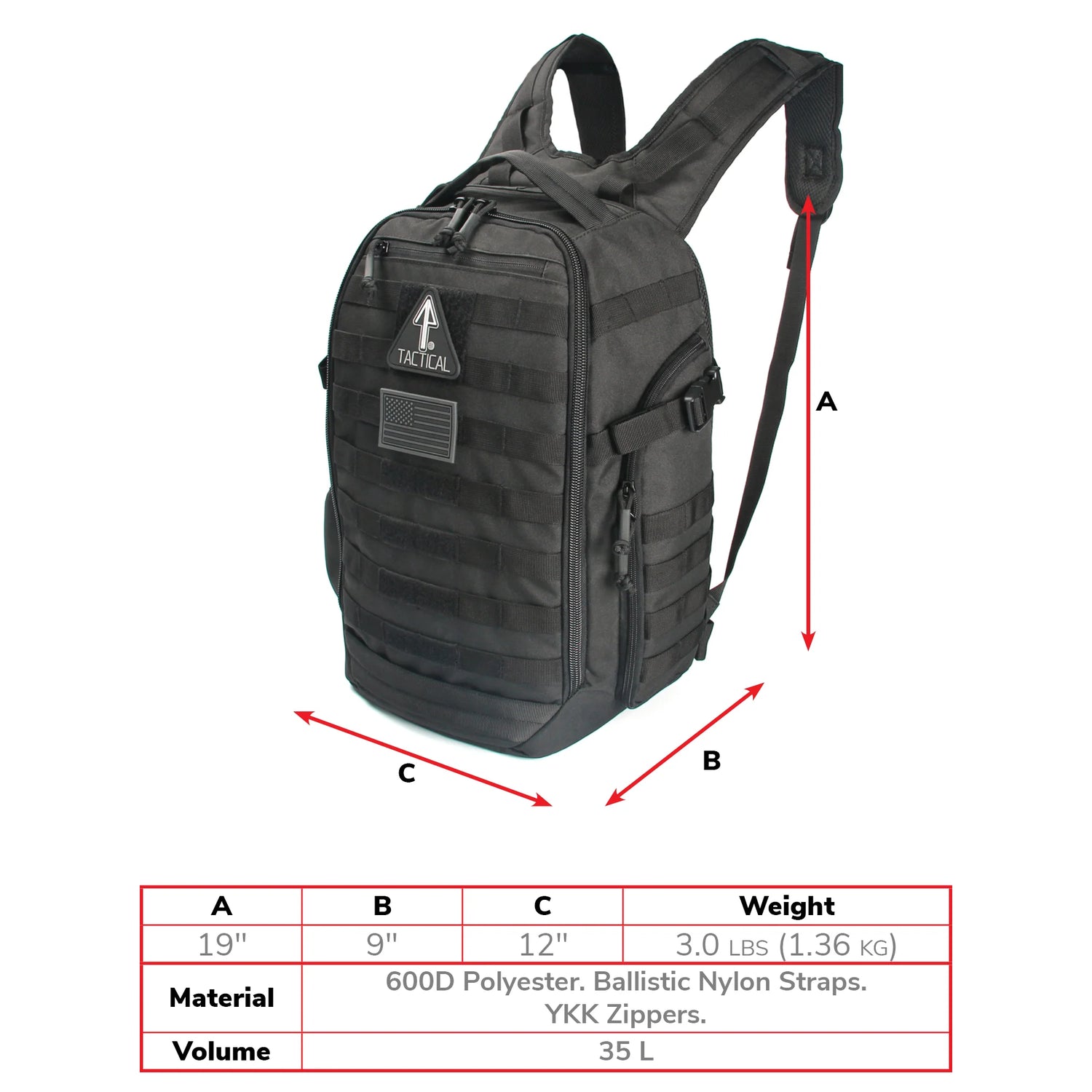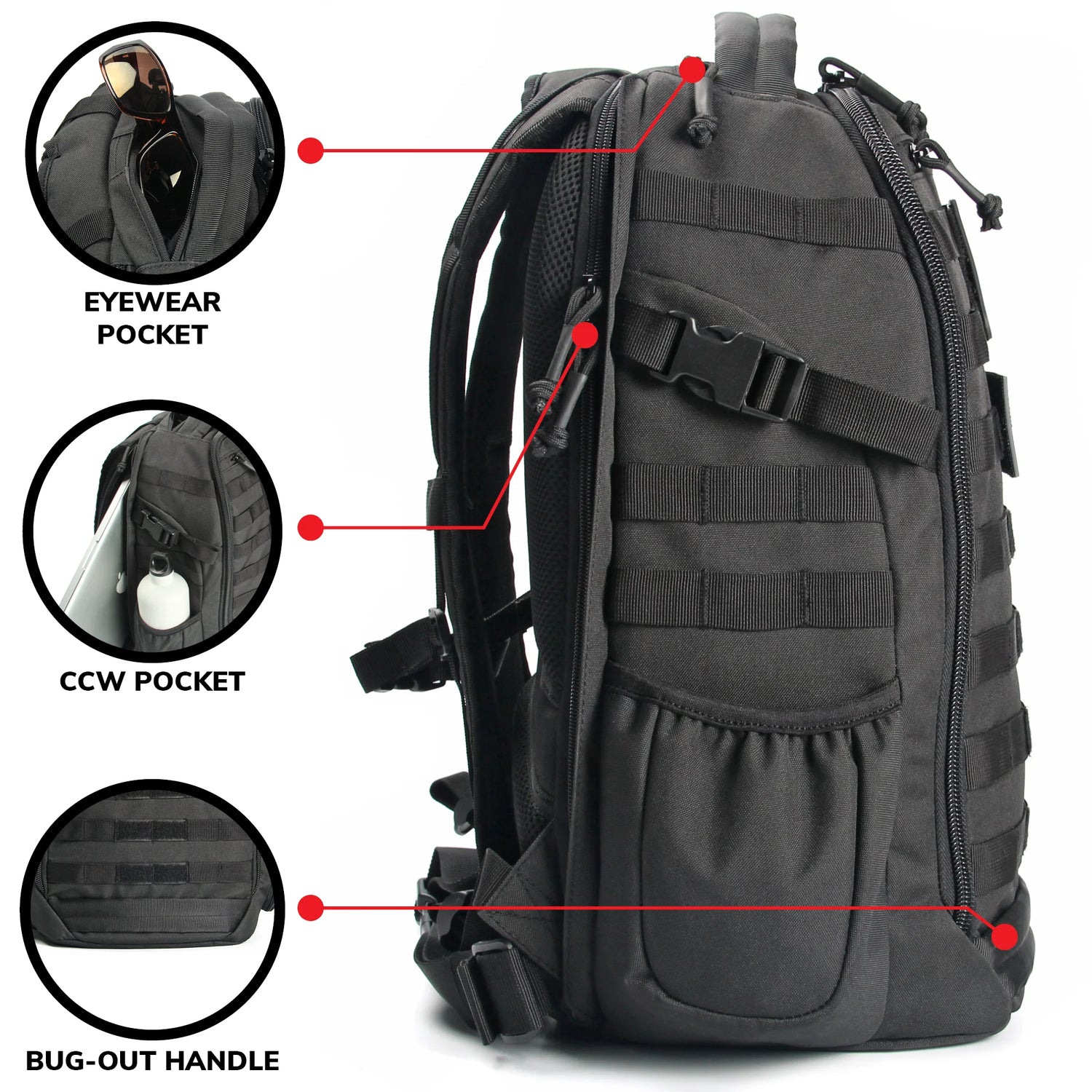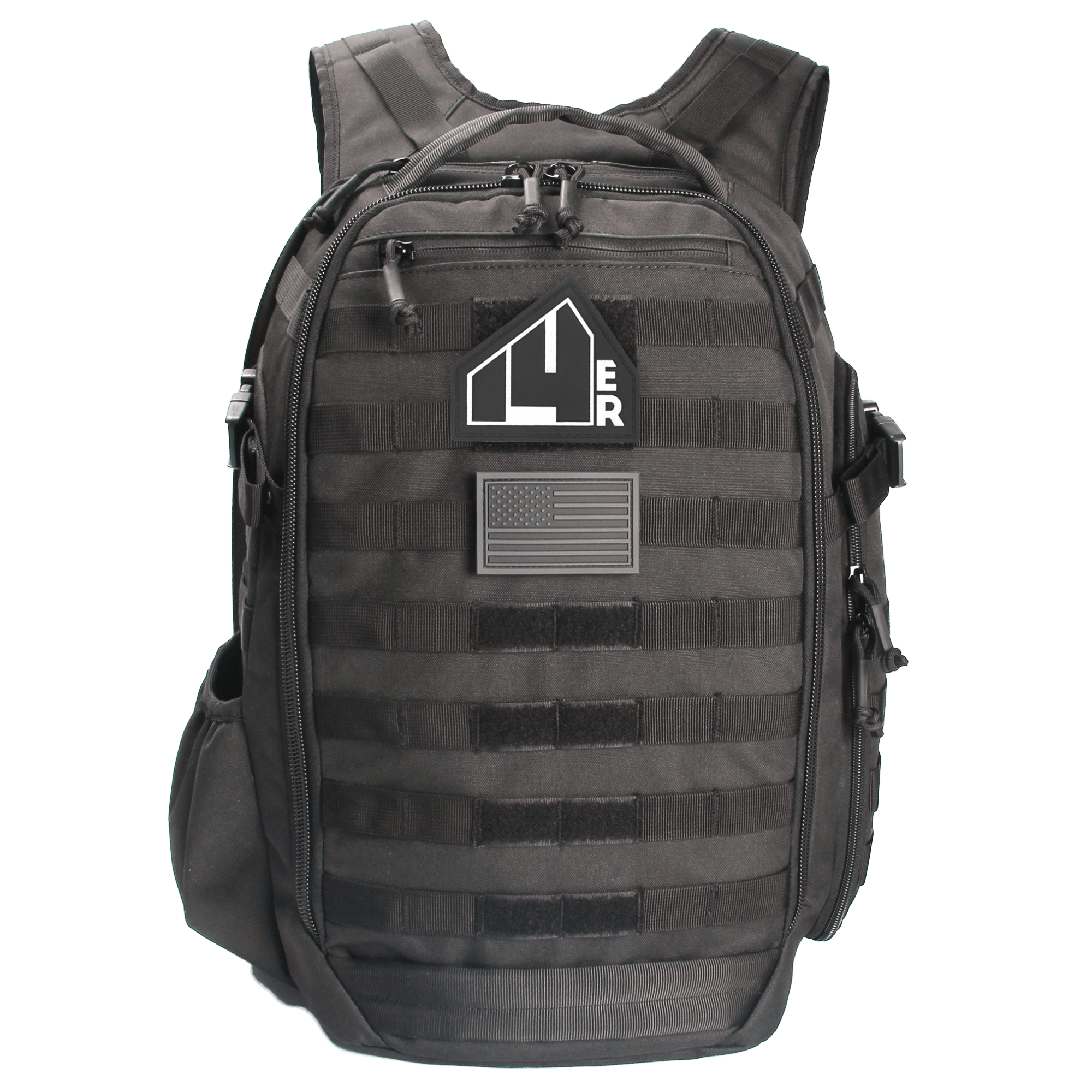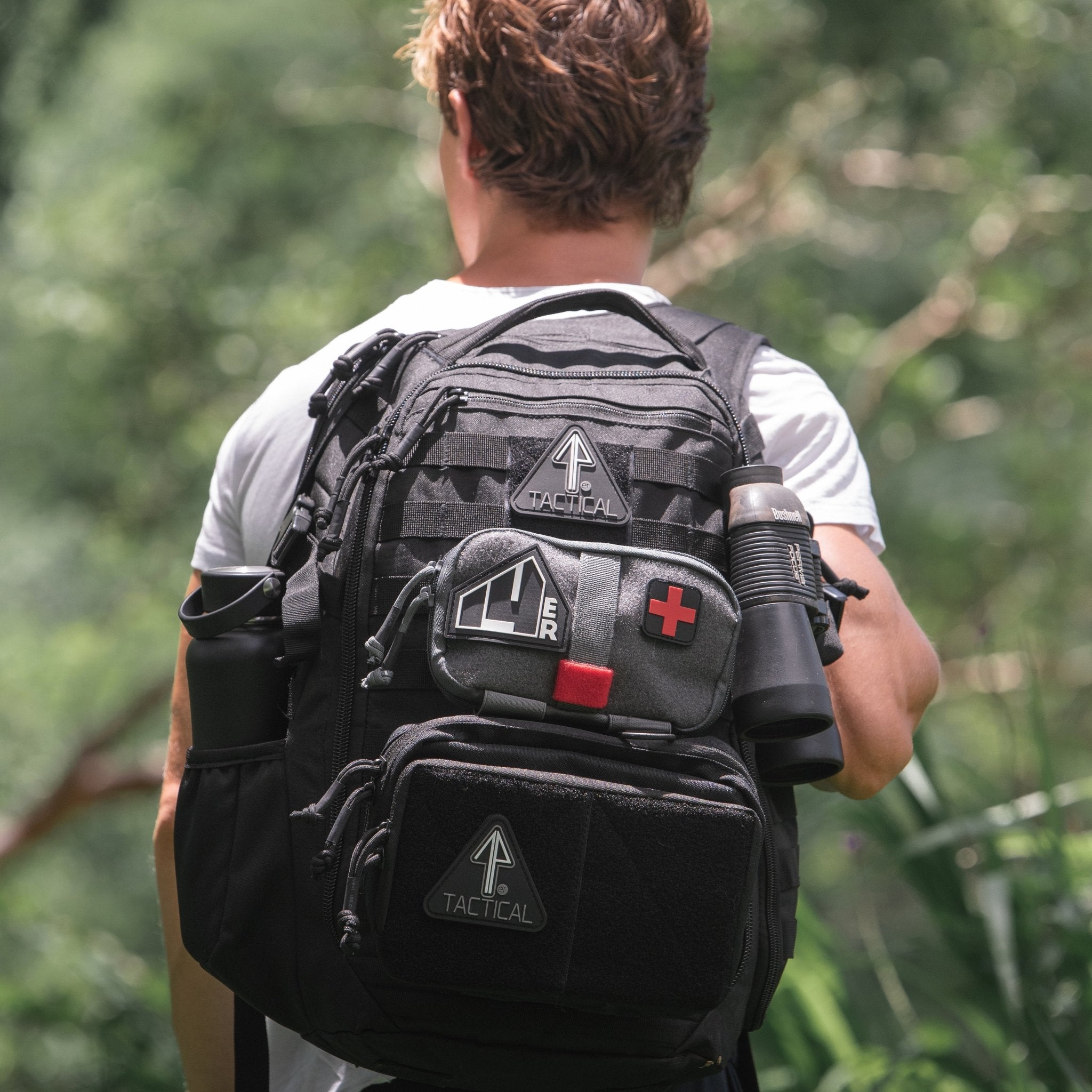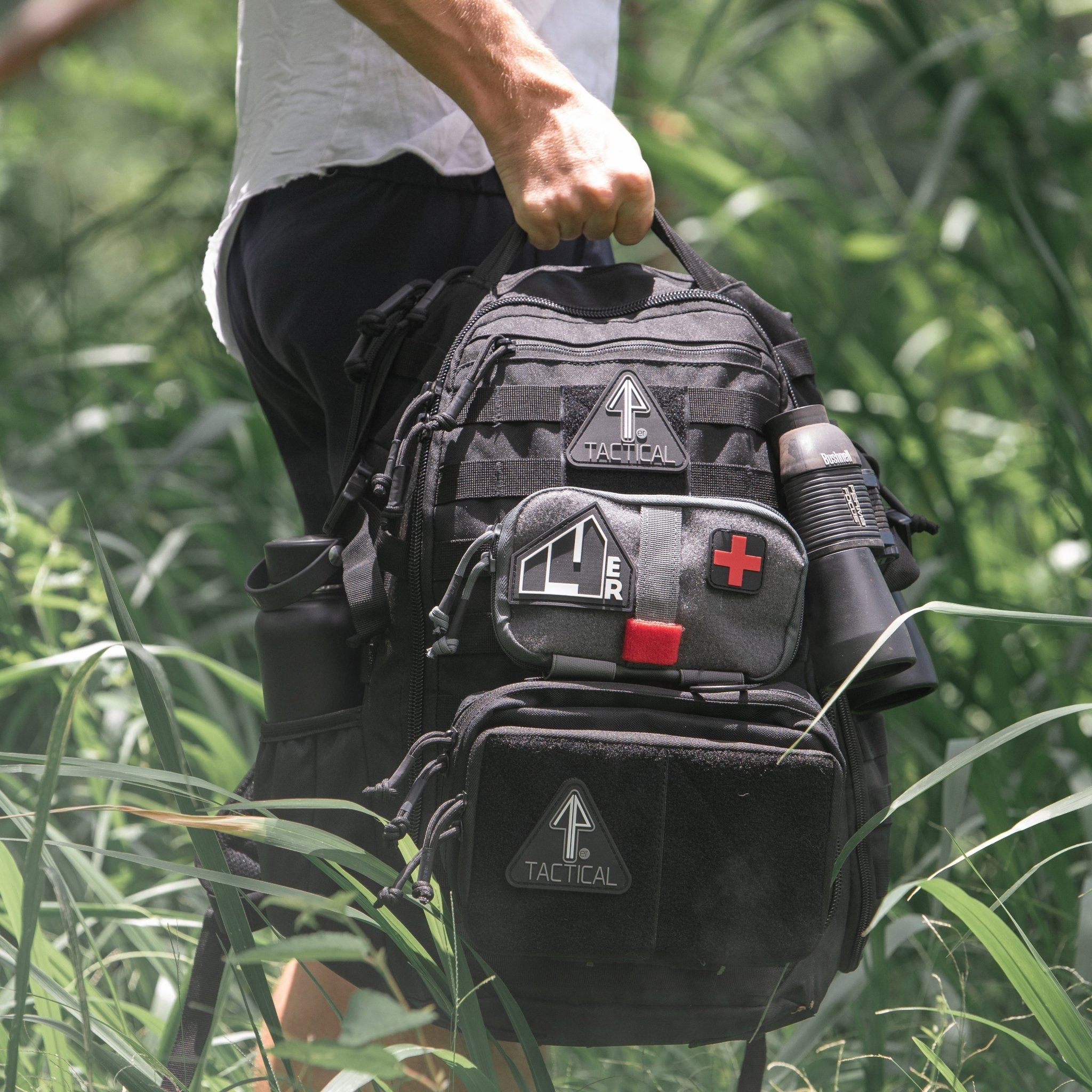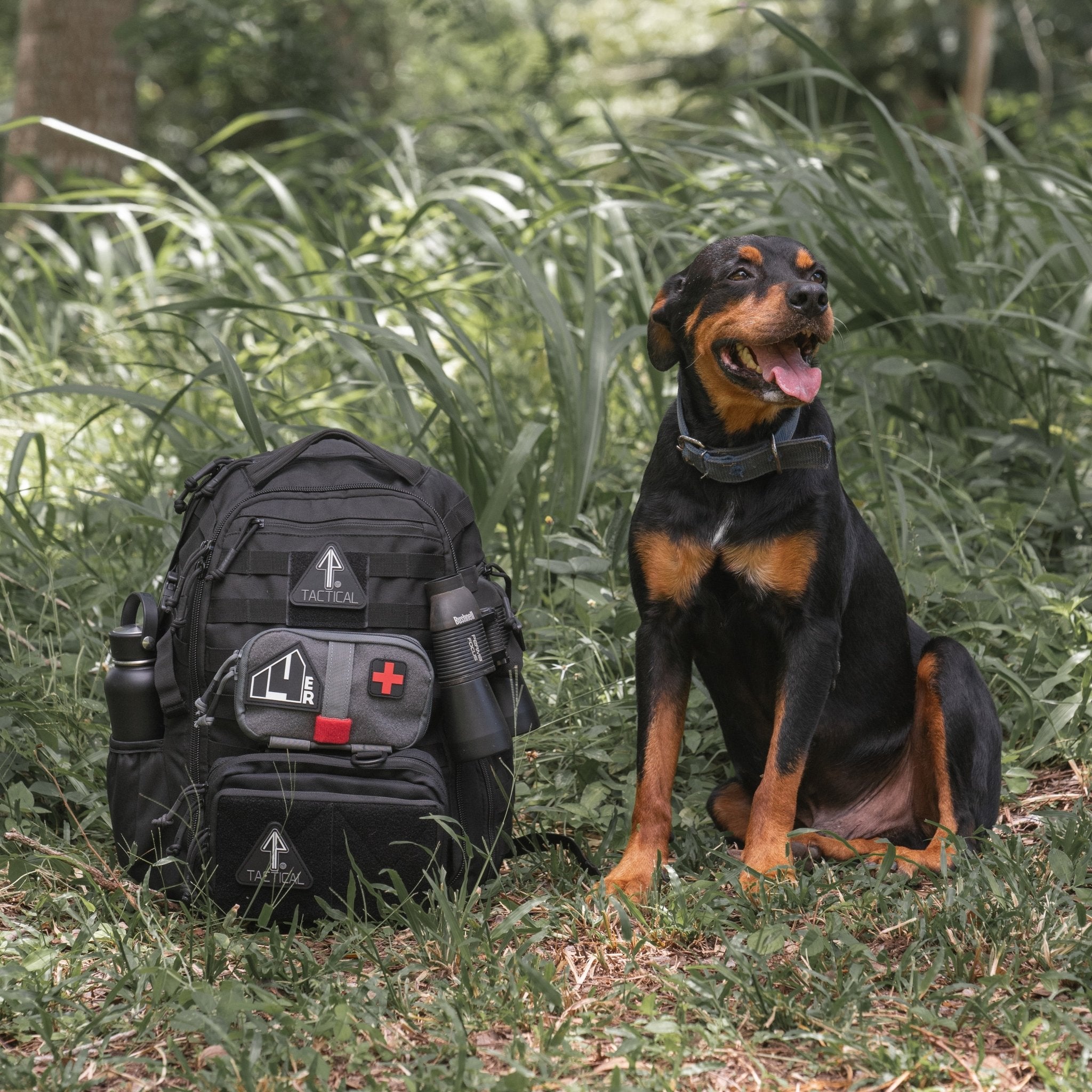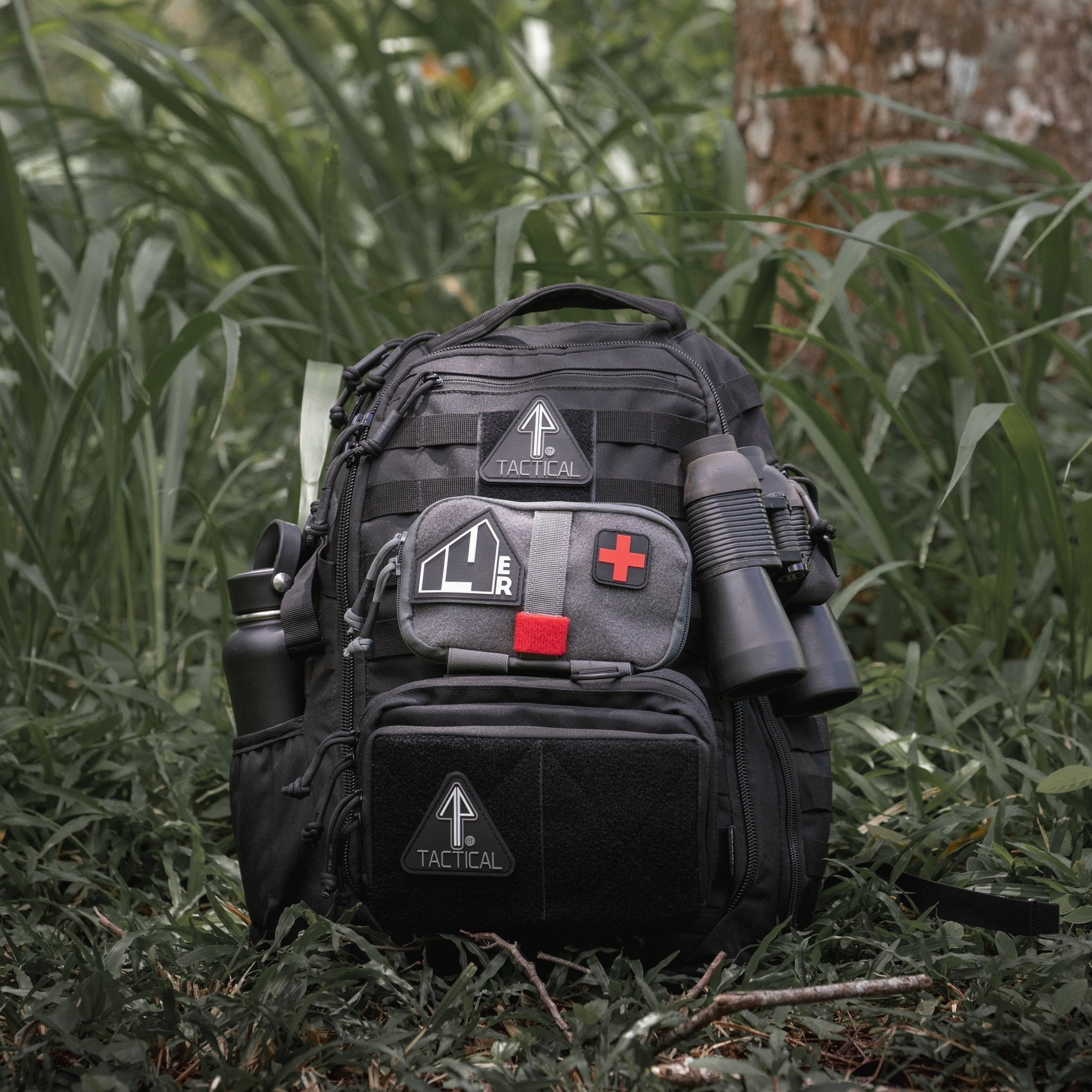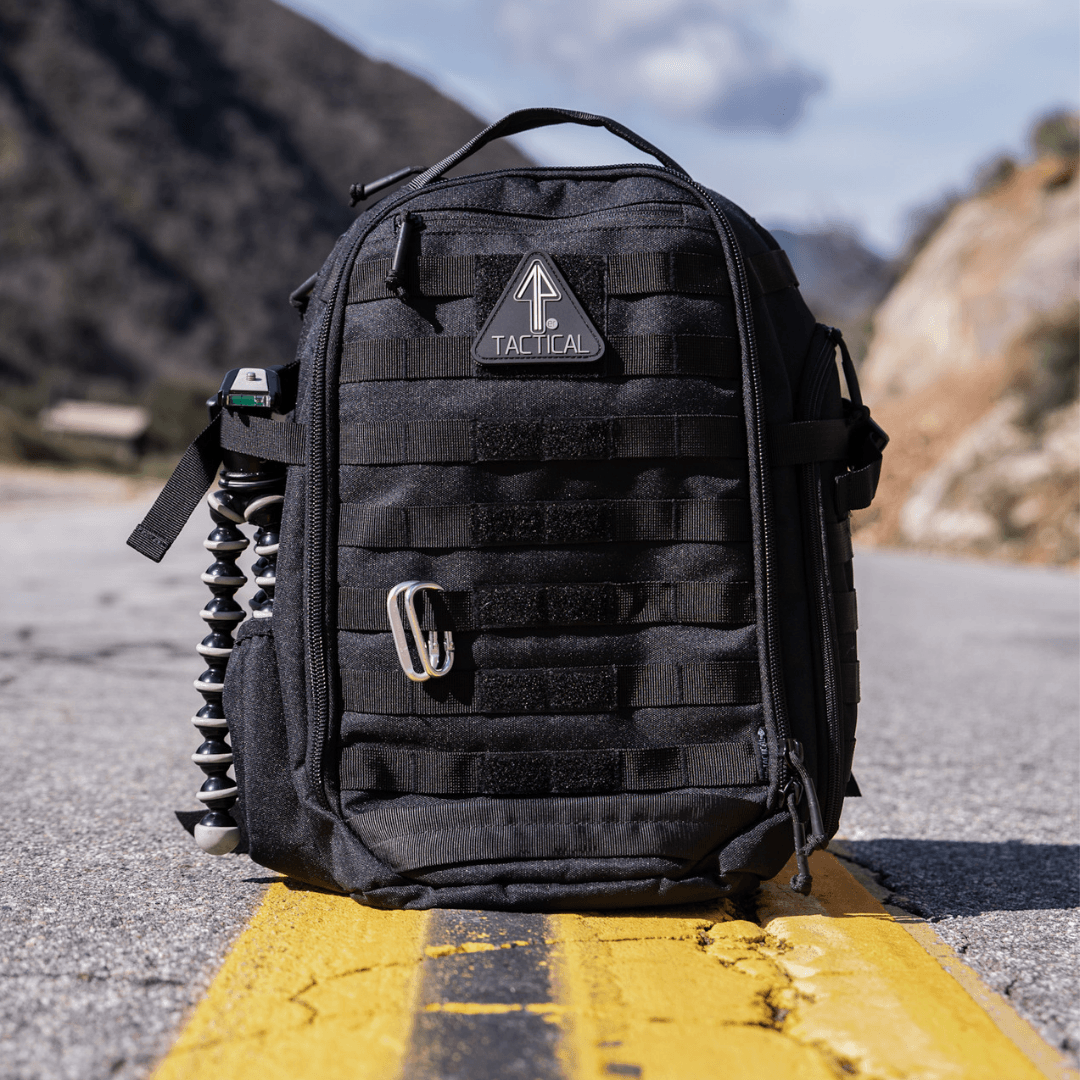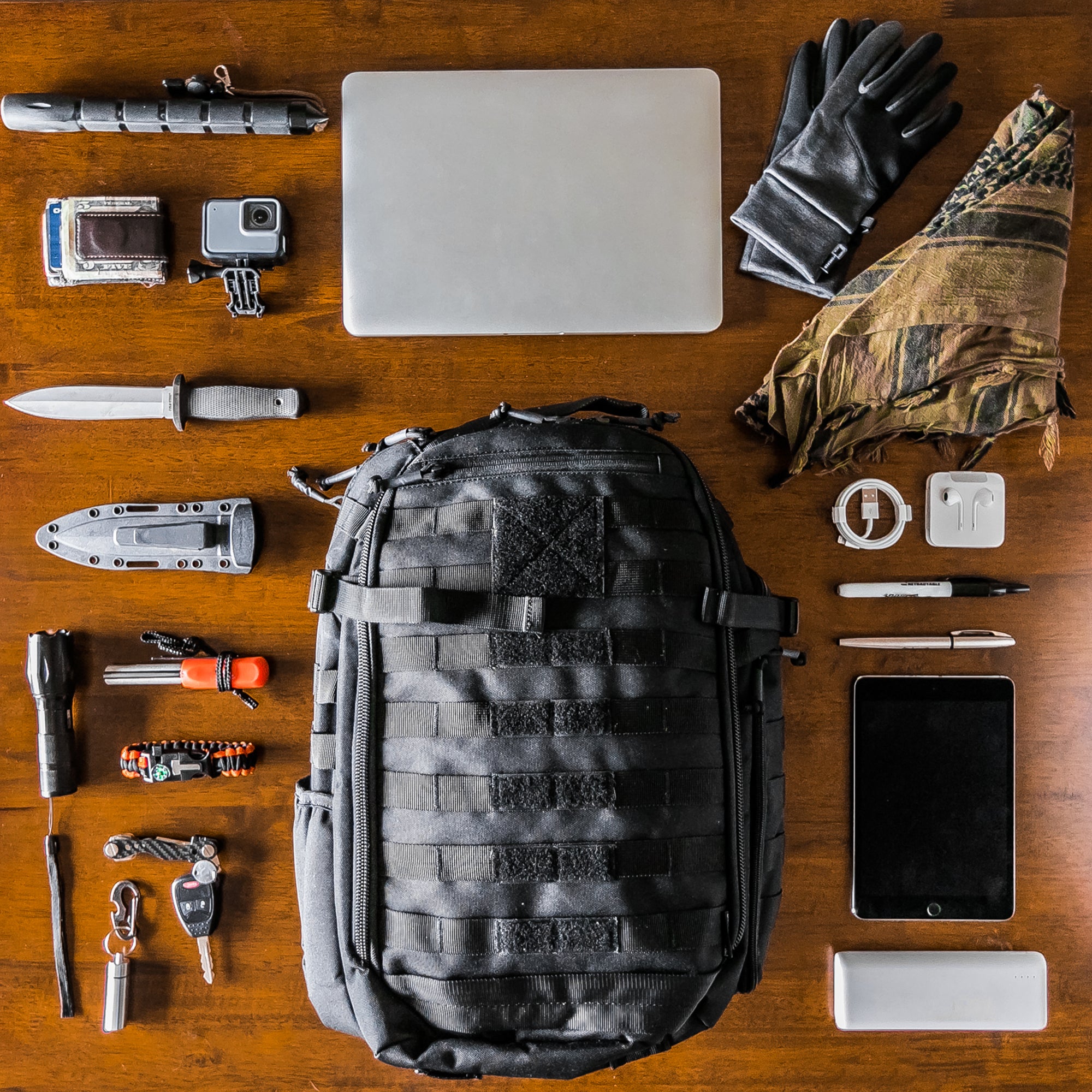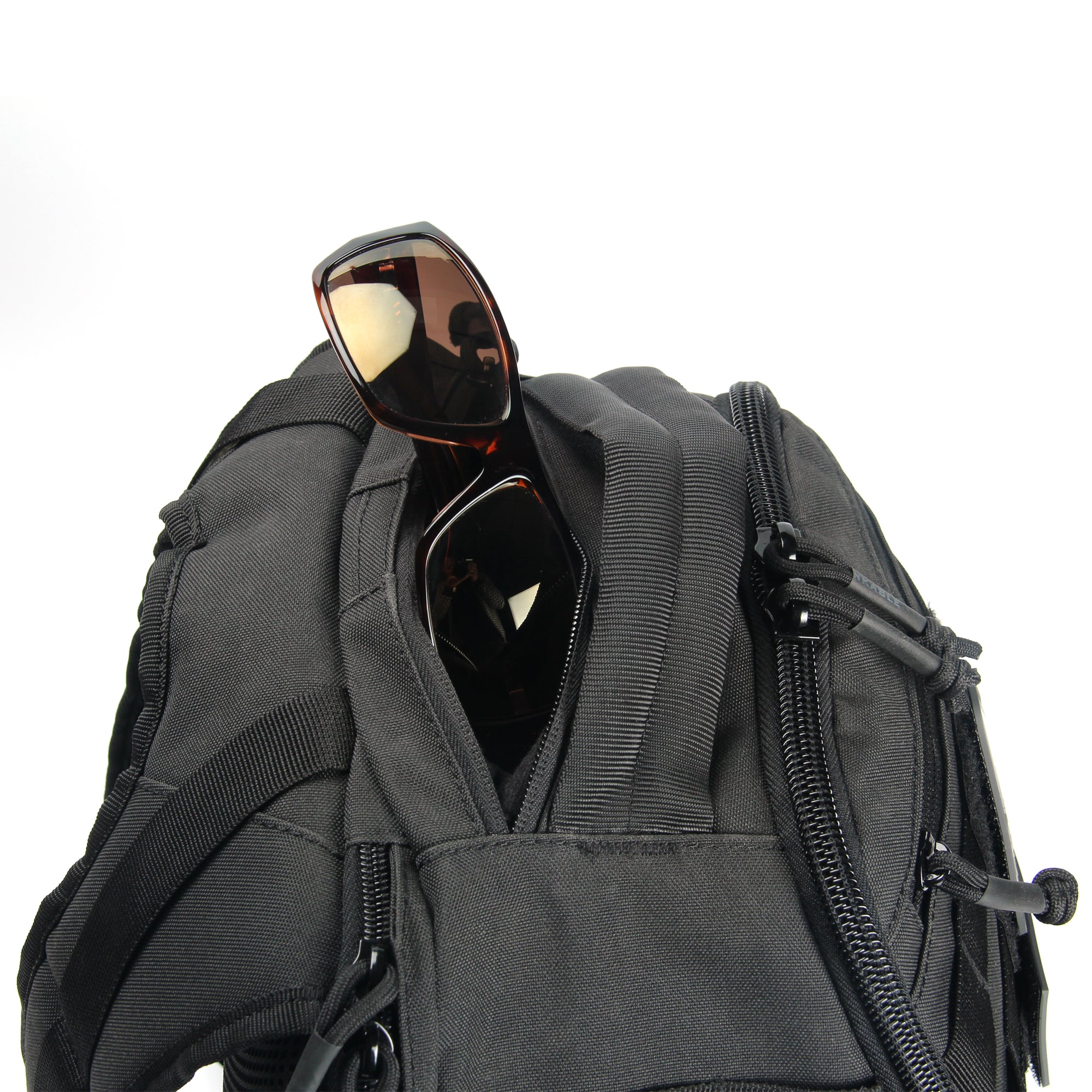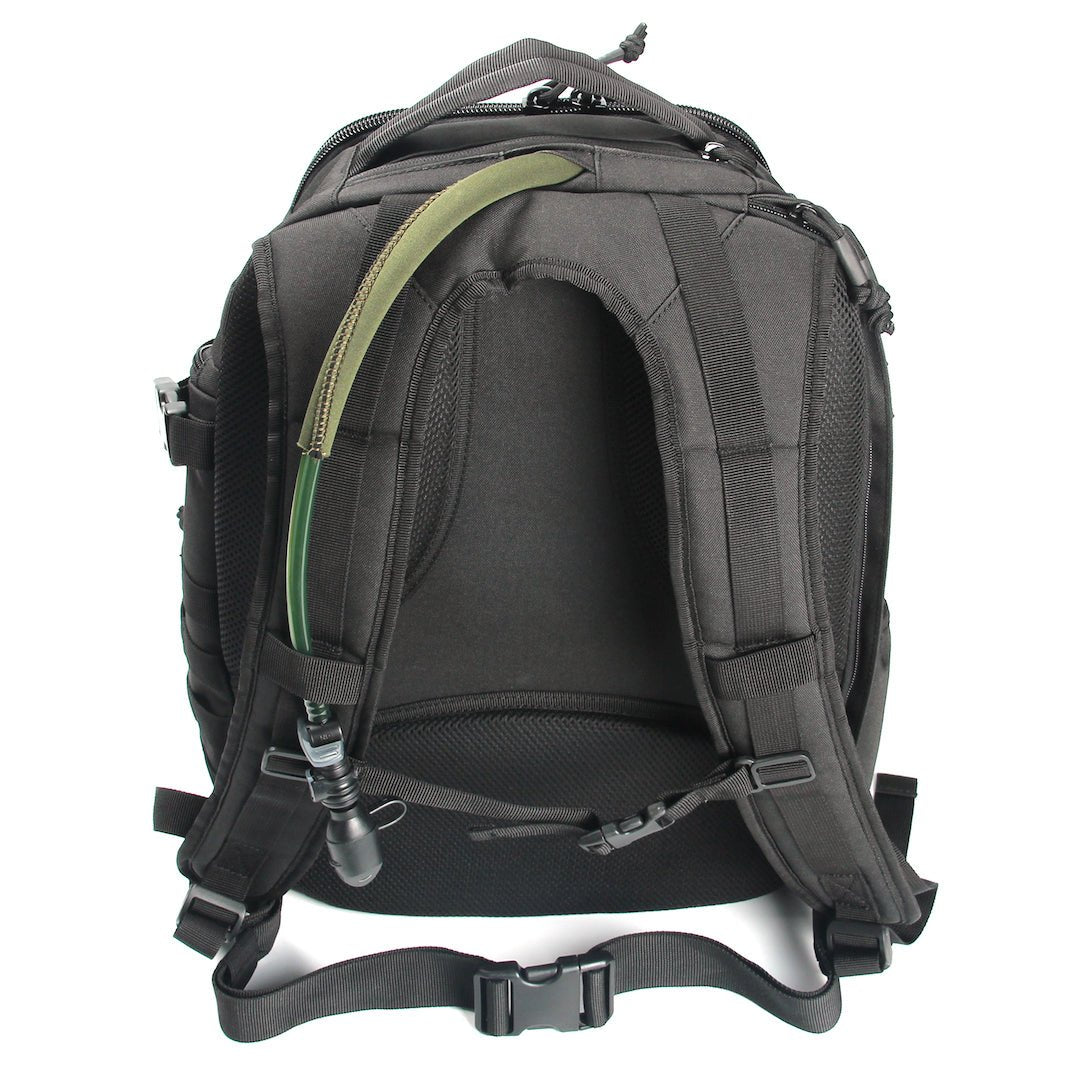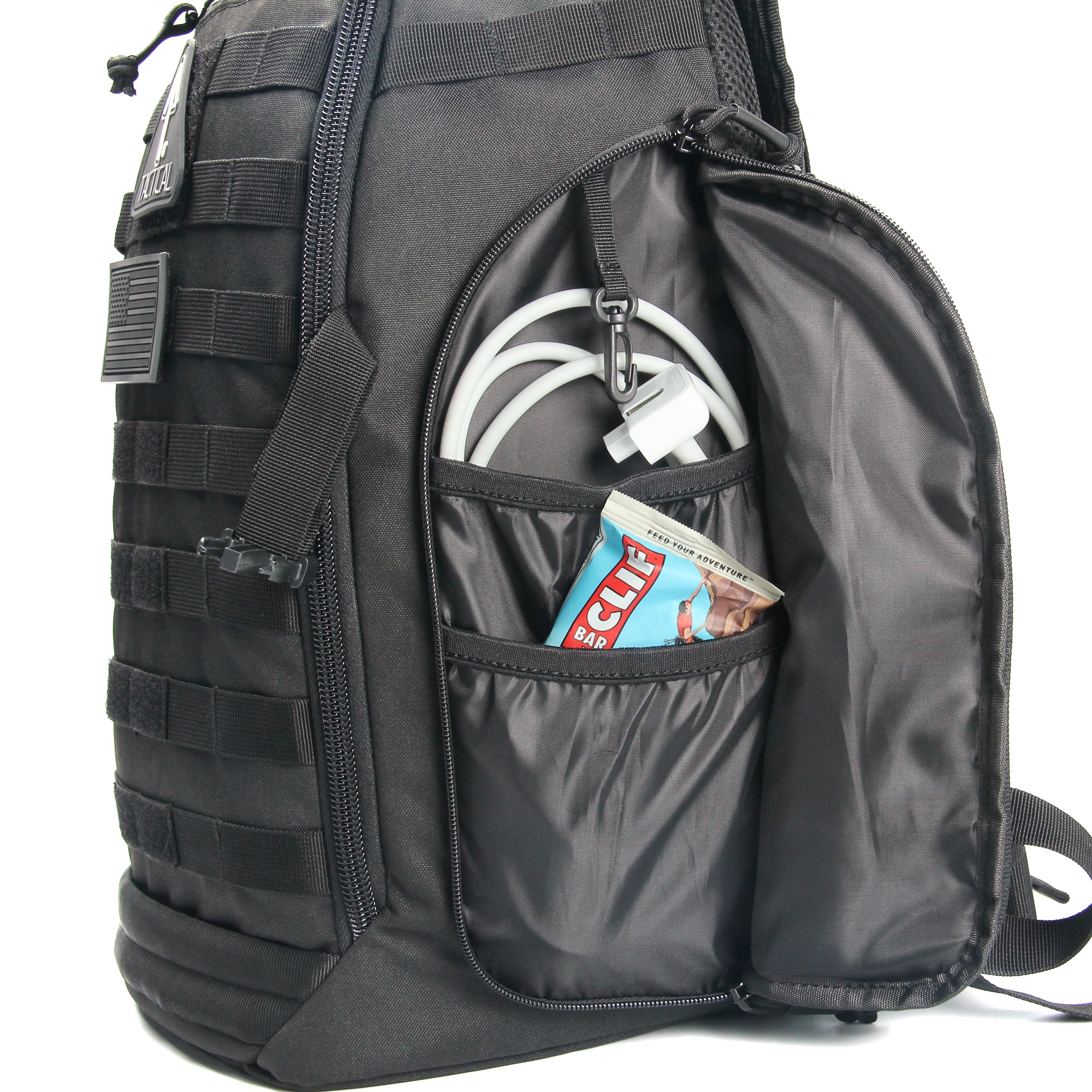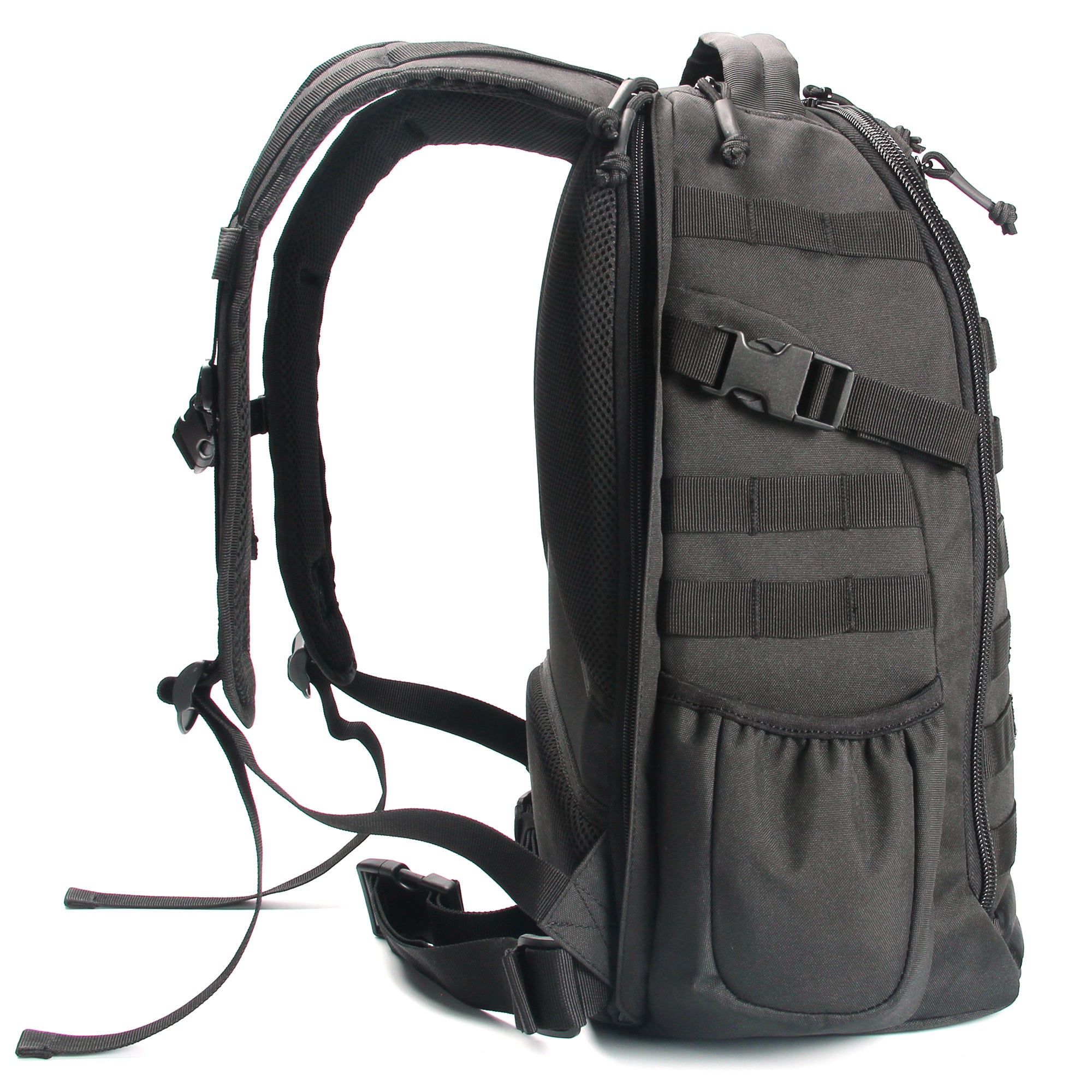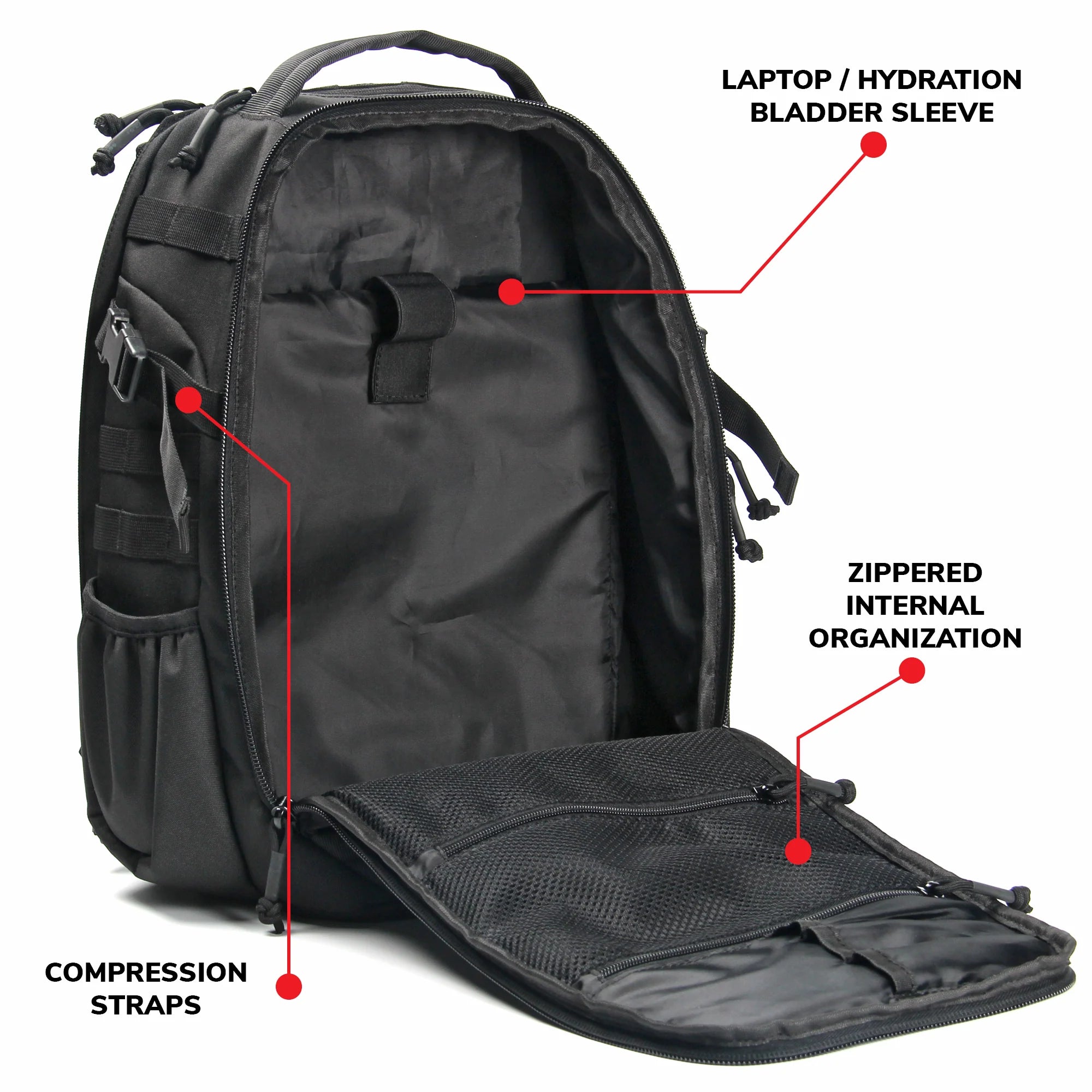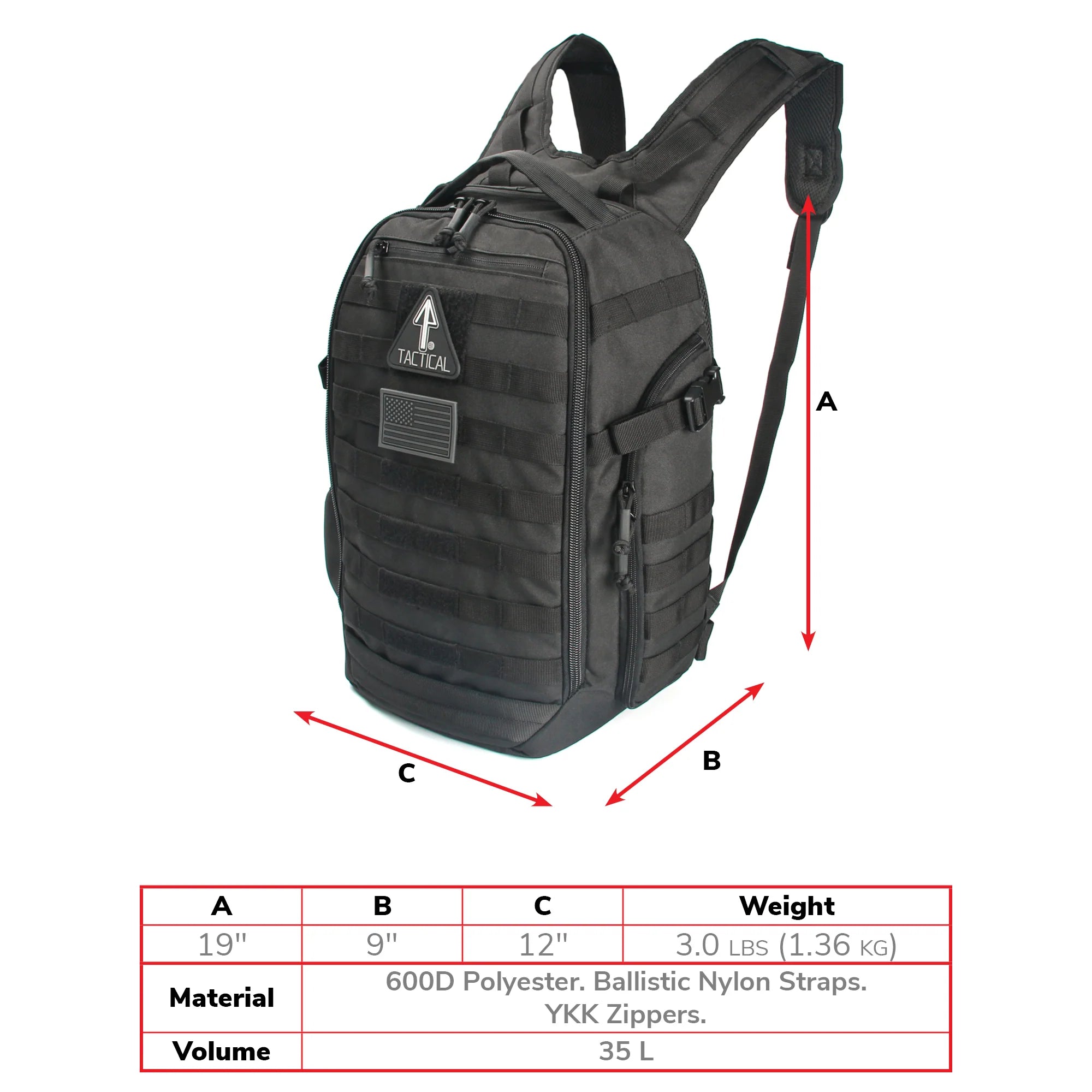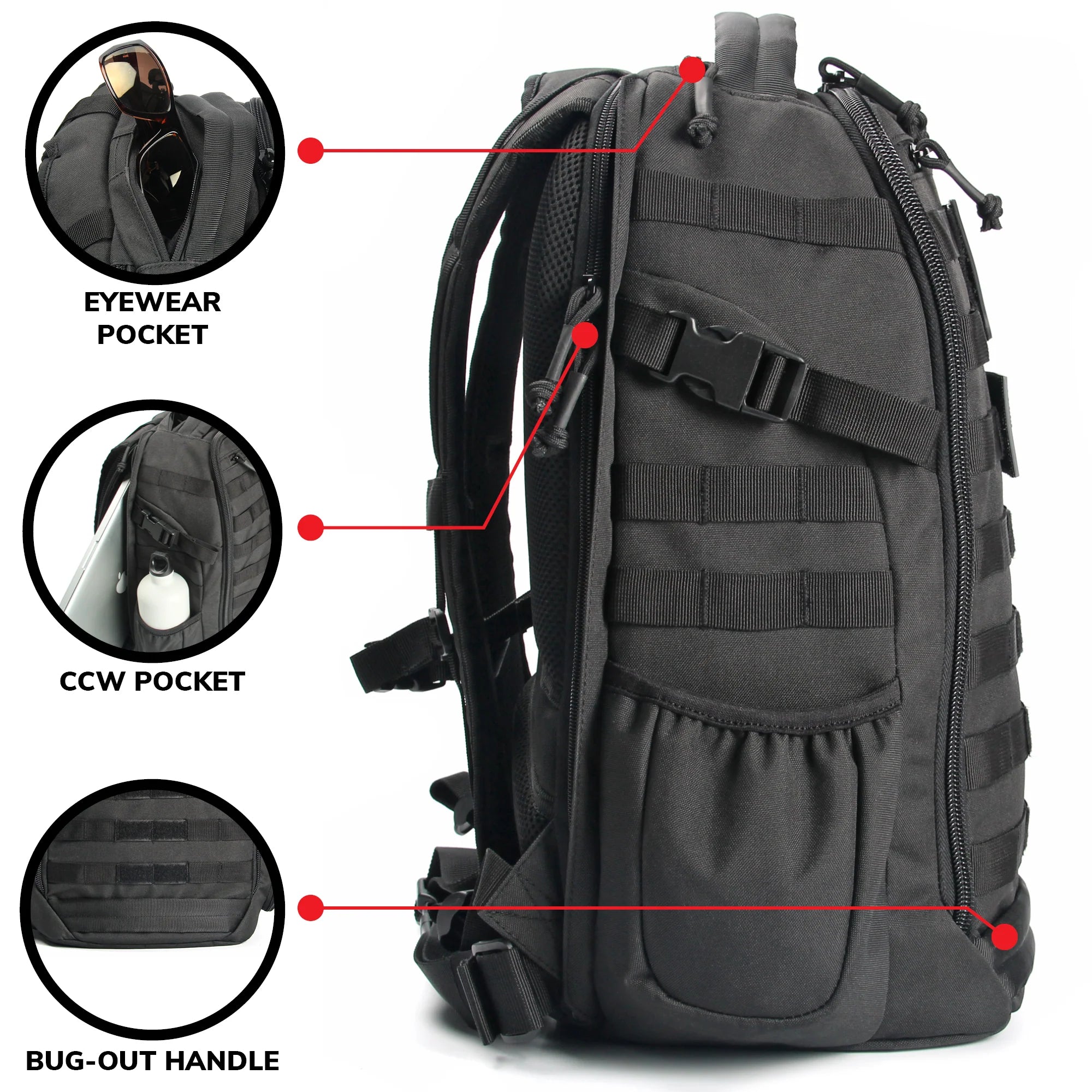
The goal of hiking is to live adventurously. You’re not simply blasting at video game sprites from the comfort of your chair. You’re out in the real world, being a rugged explorer and survivalist. You gotta pat yourself on the back for that!
But looking for adventure means you’ve got to take on bigger and bigger challenges. In the case of hiking, that can mean hiking at greater altitudes, or venturing into extremely cold or hot environments. While such challenges come with some risks, you should be fine with the right cold weather hiking gear or hot weather hiking strategies. And learning some high altitude hiking tips should keep you safe in the rarefied atmosphere at such great heights.
Extreme Hiking Safety: Understanding the Issues with High Altitudes, Cold, and Heat
Extreme hiking conditions come in very different varieties. Your plan of approach will differ for each one. We shall quickly review the contrasting challenges posed by three extreme environments: high altitude, extreme cold and extreme heat.
A high altitude trek will expose you to a low oxygen environment. Prolonged exertion at such heights can incur the risk of high altitude sickness. Even if you avoid this sickness, you can find the hike more grueling due to the demands on your body.
Cold temperatures can cause you great discomfort during a hike. You may face a number of health risks, including dehydration, frostbite, hypothermia and respiratory troubles. Snow on the trail can be troublesome to walk through and slow you down. Ice can be dangerous.
As for very hot temperatures, these can also cause great discomfort. You will sweat a lot and your clothing may get damp. Sun exposure can be damaging. Harsh sunlight can make vision uncomfortable. Your throat can feel parched and you can get dehydrated. Heat exhaustion is a definite concern.
Hiking in Extreme Conditions: High Altitude Hiking Tips
It’s easy to explain the appeal of high altitude hiking. Once you’ve conquered a few peaks, you’ll feel the urge to go for bigger challenges. Trekking to greater heights is a way to do that, and it also provides a clear measuring stick for your accomplishments! And bragging right, of course!
To prepare for the hike, you’d best ensure that you are physically fit. Train regularly, focusing on endurance and efficient exertion. We advise you to consult a medical professional before you attempt the planned hike. Be sure that they clear you to go on a high altitude outdoor adventure!
You’ll fare better if your cardiovascular system is in good shape. Aerobic training will do the trick. Exercises you can do include running, swimming, cycling, energetic team sports (such as basketball) and HIIT (high intensity interval training). Rucking is another good option here. And it’s especially fitting for tactical enthusiasts as it’s an exercise that was developed in the military.
You’ve also got to be prepared to handle high altitude sickness if it happens to you. Add an oxygen canister to your packing list. You might not need it, but if you do start suffering sickness on the mountain, you’ll be glad you have it.
For more high altitude hiking tips, be sure to check out this article: The Importance of Altitude Training for 14er Climbing
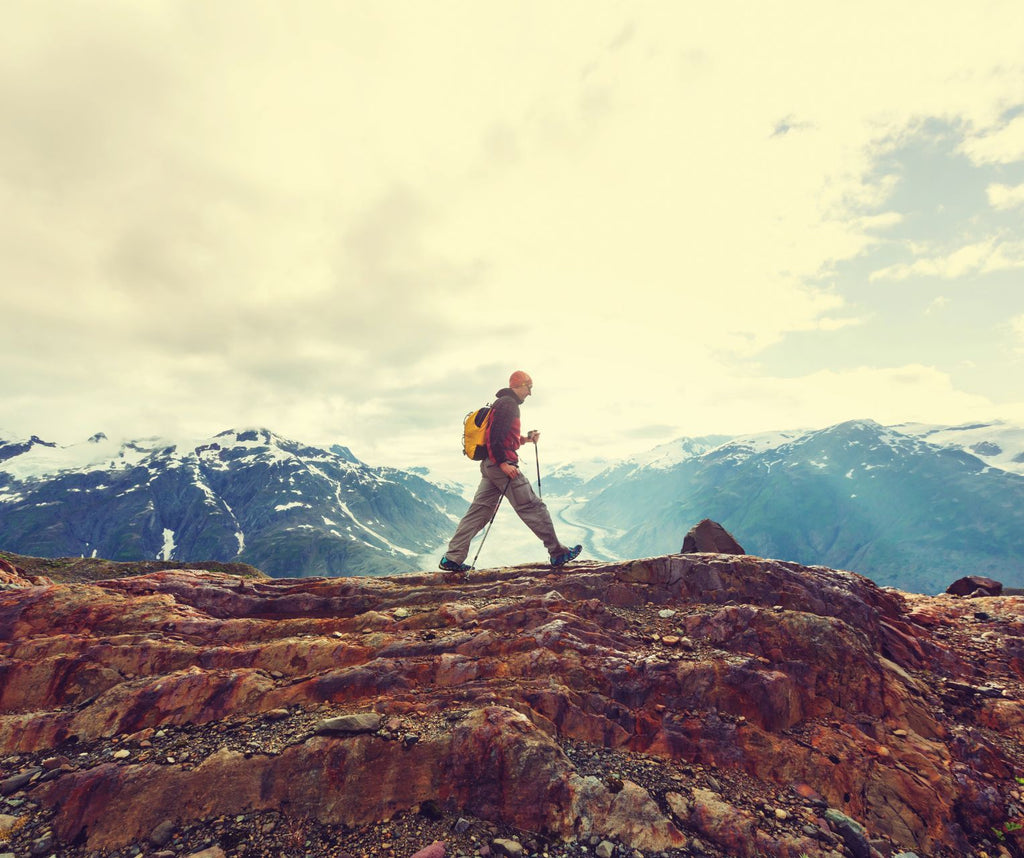
Extreme Hiking Safety: Essential Cold Weather Hiking Gear
Hiking in extreme cold weather can be a real test of fortitude. You certainly don’t want to try it if you don’t have good training in survival skills. Extremely cold conditions can be extremely risky. You should first try going on hikes where you’ll experience less extreme cold weather.
The proper tactical gear can prove vital for such an adventure. Let’s start with winter clothing. You need sturdy adventure wear that will keep you both warm and dry! If wetness gets into your clothes in a cold environment, you’re gonna have a bad time!
The tried-and-true approach is to dress in multiple layers. The base layer is the one against your skin, and it needs to be able to wick moisture away from your body. The middle layer should provide a suitable amount of insulation, stopping your body heat from escaping. Then you should have an outer layer that provides protection from moisture and harsh weather. You’ll want something that’s waterproof and windproof.
Cold weather hiking gear can also include climbing poles, snowshoes and crampons, depending on the environmental conditions and terrain hazards you expect to encounter. Be sure to bring a fire starting kit—that’s essential gear for extreme hiking. It’s also good to know how to start a fire without one.
Hiking in Extreme Conditions: Hot Weather Hiking Strategies
Intense heat will likely be experienced when you go hiking in the desert. But you can run into these conditions on other trails, too. You’ll want to check on the predicted weather conditions that may affect the trail you’re hiking. That includes the expected temperatures.
Fortunately, the proper hot weather hiking strategies will keep the heat from getting to you! Again, we should start with the clothes you wear. They need to be made of a lightweight and breathable fabric. Many hikers choose to wear nylon or polyester clothing. Some opt for cotton wear. It’s not for everyone. Cotton tends to absorb moisture, which can help you feel cooler. Some hikers like this, others don’t.
Plan your hiking route carefully. Try to keep to the shade if possible. Bring drinking water, of course. If you will be on the trail for several days, you should figure out how you will refill your water bottles. You may need a water purification kit for this. A hydration pack with a sip tube might be a good idea. Try using one.
Don’t forget sun protection. Ideally, you should wear clothing with a UPF rating. That indicates clothing capable of blocking harmful UV rays to a greater or lesser degree. Be sure to put on sunscreen. And try to avoid the hottest times of day when the sun is at its most intense. Those can be good times to get some rest.

Emergency Preparedness for Hikers: Extreme Environment Navigation
Outdoor adventuring always carries some element of risk. You’re far from the comforts of home, after all. When you go trekking in extreme conditions, you’re taking on an even greater risk. That’s fine as long as you know what you’re doing—and you’re prepared to handle a survival situation.
One of the biggest risks is losing your way in the wilderness. If you get lost, you can be out in the wild for a long time, and your supplies could run out before rescue arrives. But with the right navigation tools, you can be sure to avoid that sort of emergency situation. Navigation tools include a trail map, compass and GPS device. These should be considered essential gear for extreme hiking.
When you’re planning on extreme environment navigation, though, be sure that your tools are rugged enough to work. You don’t want tools that will fail in the extreme heat or cold. Since you might not be able to test this beforehand, you need to research the products you plan to buy. Look into the quality, construction and materials involved.
It’s good to have survival skills in case your tools let you down. You can learn how to navigate the wilderness using only your senses.
Emergency Preparedness for Hikers: Hydration and Nutrition for Hiking
During your hike, you need to supply your body with food and water. In the case of water, you should be taking a drink at regular intervals. We recommend hydrating by 6 to 12 ounces at intervals of 15 to 20 minutes. Don’t wait until you feel thirsty.
As for food, you’ll want to supply your body with carbohydrates. These will give you the energy your body needs to keep going. Ideally, you should be replenishing your energy every hour—consuming about 30 to 40 grams of carbohydrates in hourly intervals. If your body doesn’t get enough carbs, it may be forced to draw energy from other resources. Meaning that it could start burning your fat reserves or even your muscle protein!
Preparing hydration and nutrition for hiking is every bit as important as packing all the right gear. Choose food items that are light and easy to carry, yet pack a nutritional punch. Your options include trail mix, nuts, dried fruits, dried jerky, granola bars and whole grain foods. Try to account for emergency rations should that prove necessary.
In addition to food and water, emergency preparedness for hikers relies a lot on extreme hiking training and conditioning. You will be more capable of survival if you have trained regularly to meet the physical demands of outdoor adventuring. This training should encompass cardiovascular fitness, hiking endurance, first aid training and high altitude training.
Looking for yet more high altitude training tips? For more about extreme hiking safety and related topics, keep up with our 14er Tactical Resources Blog. You’ll find a wealth of interesting and helpful guides!
